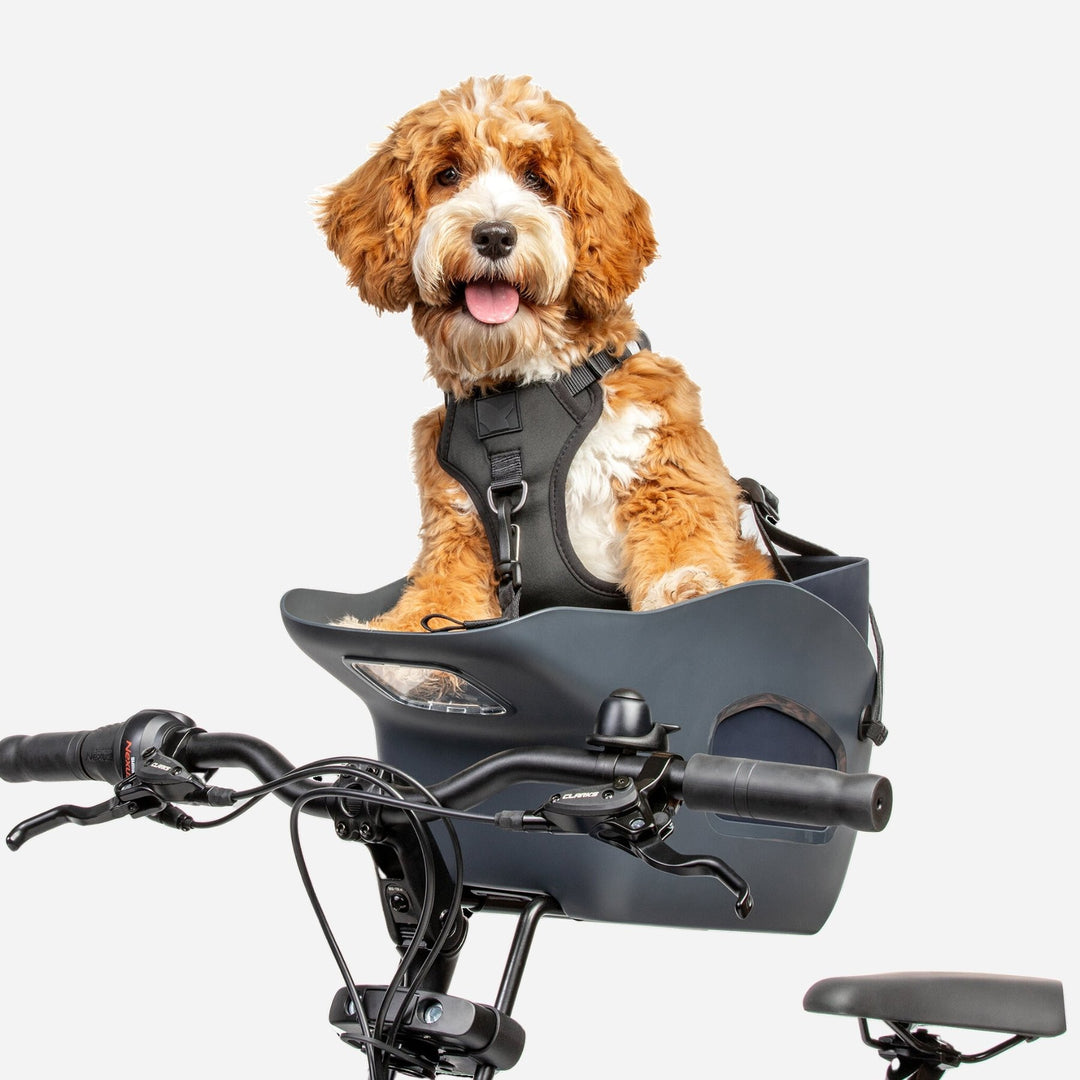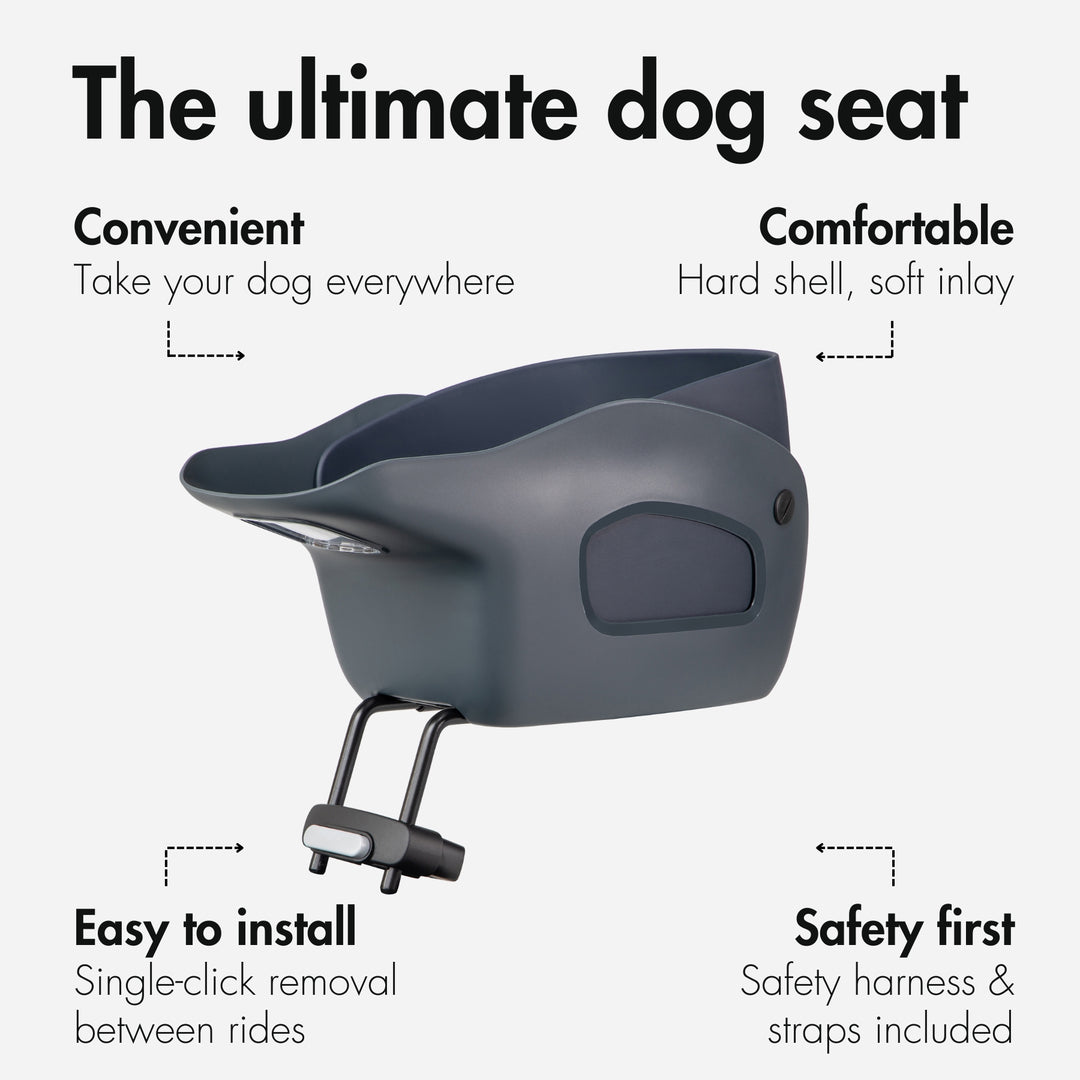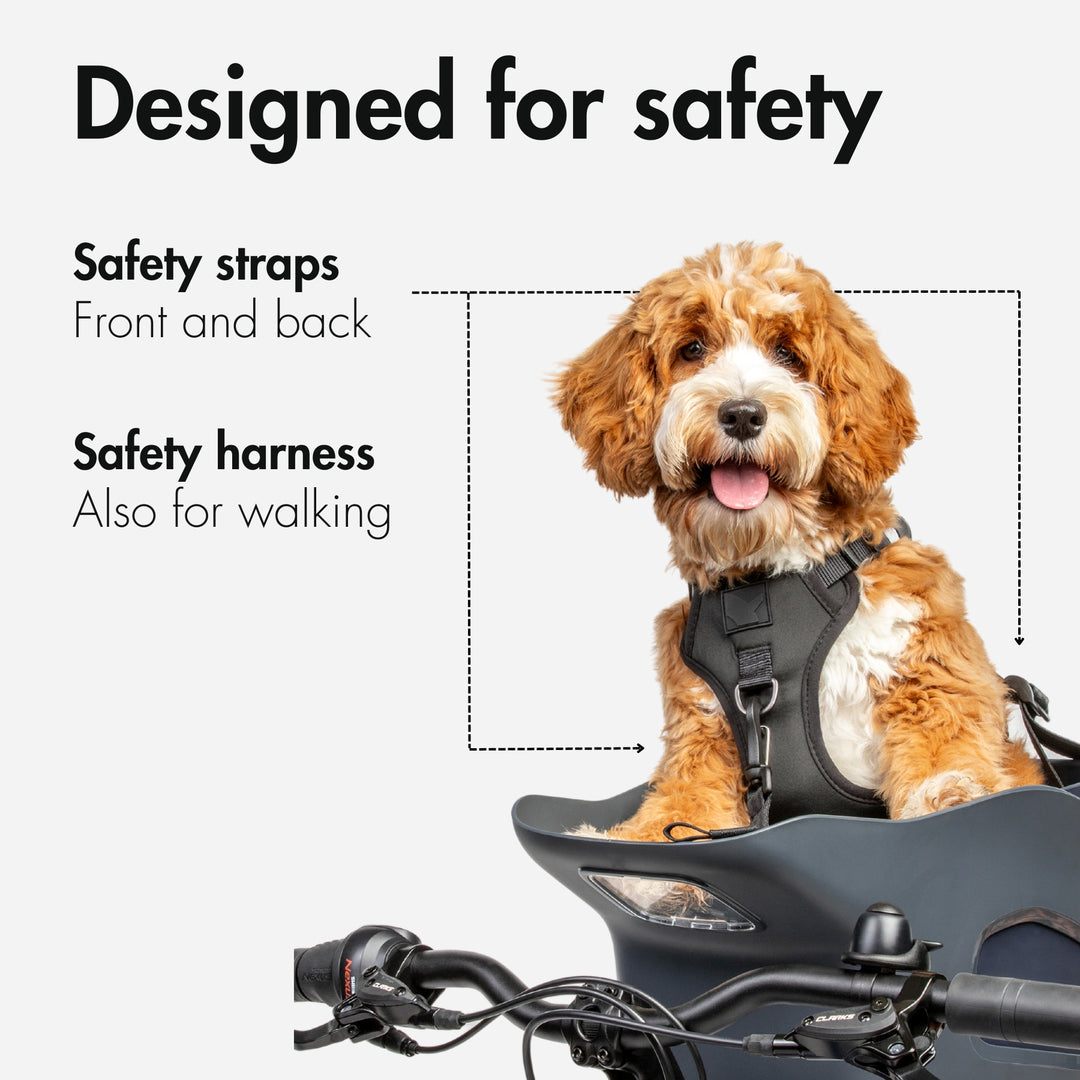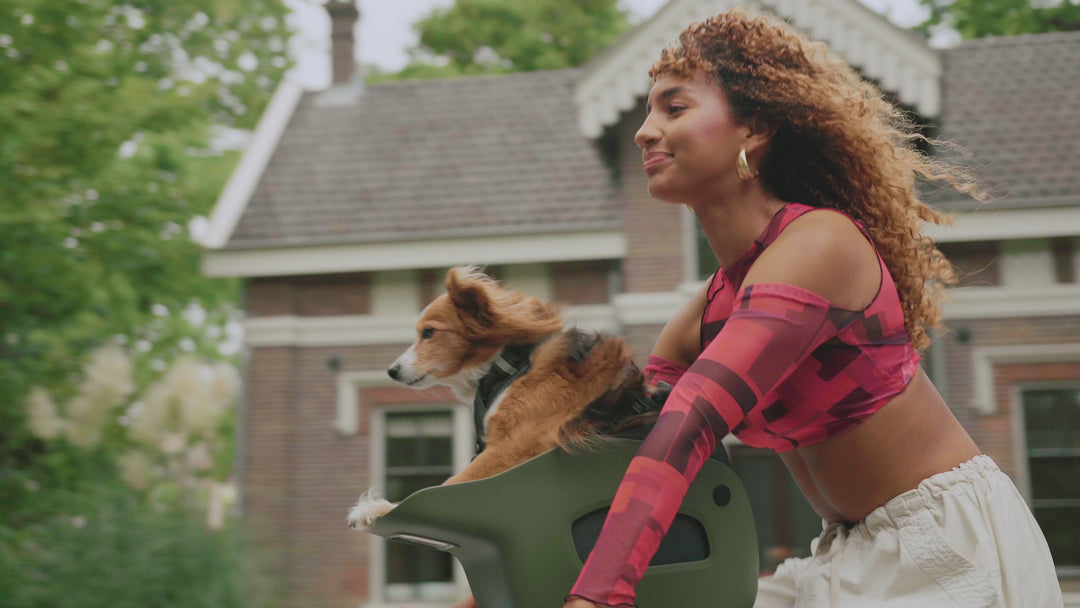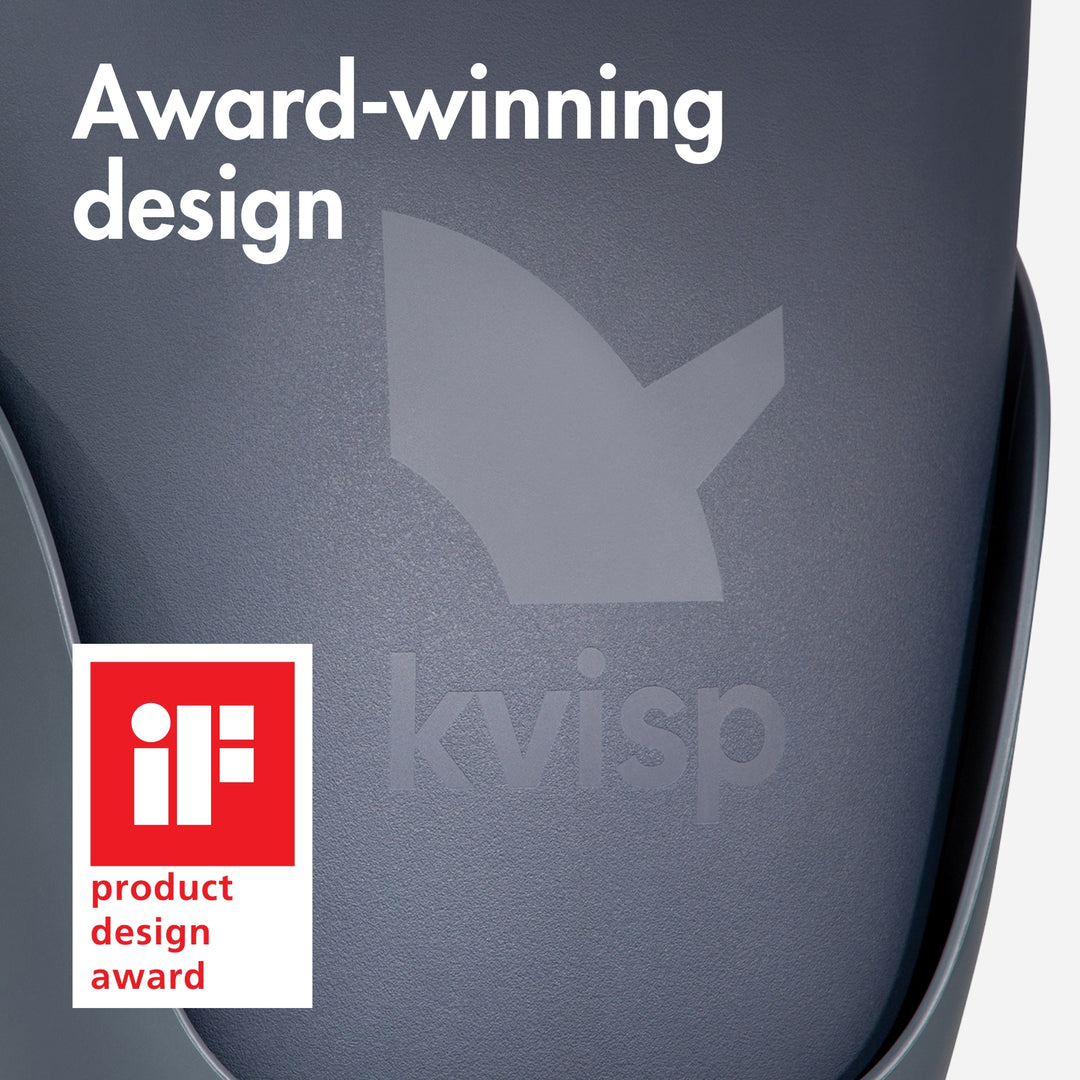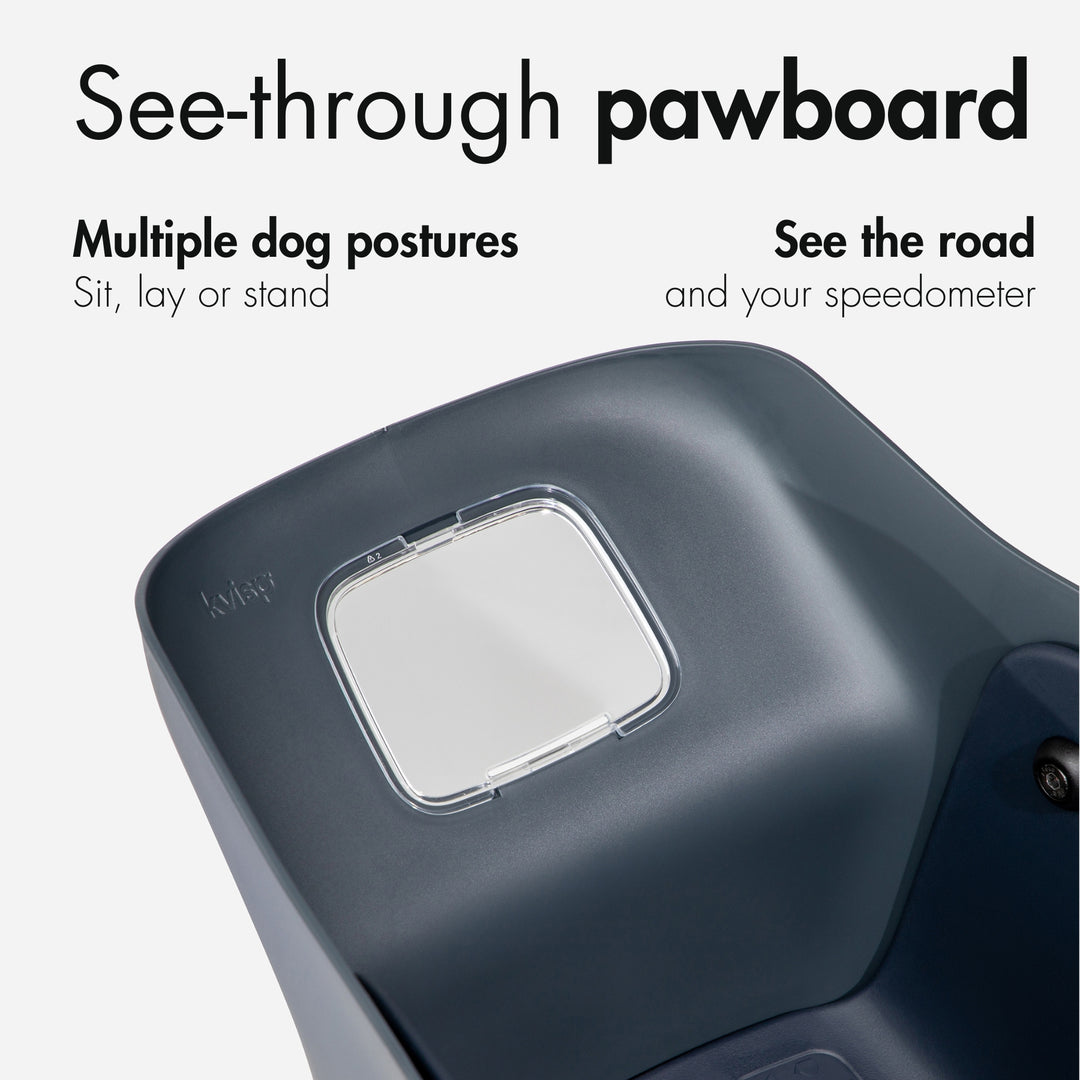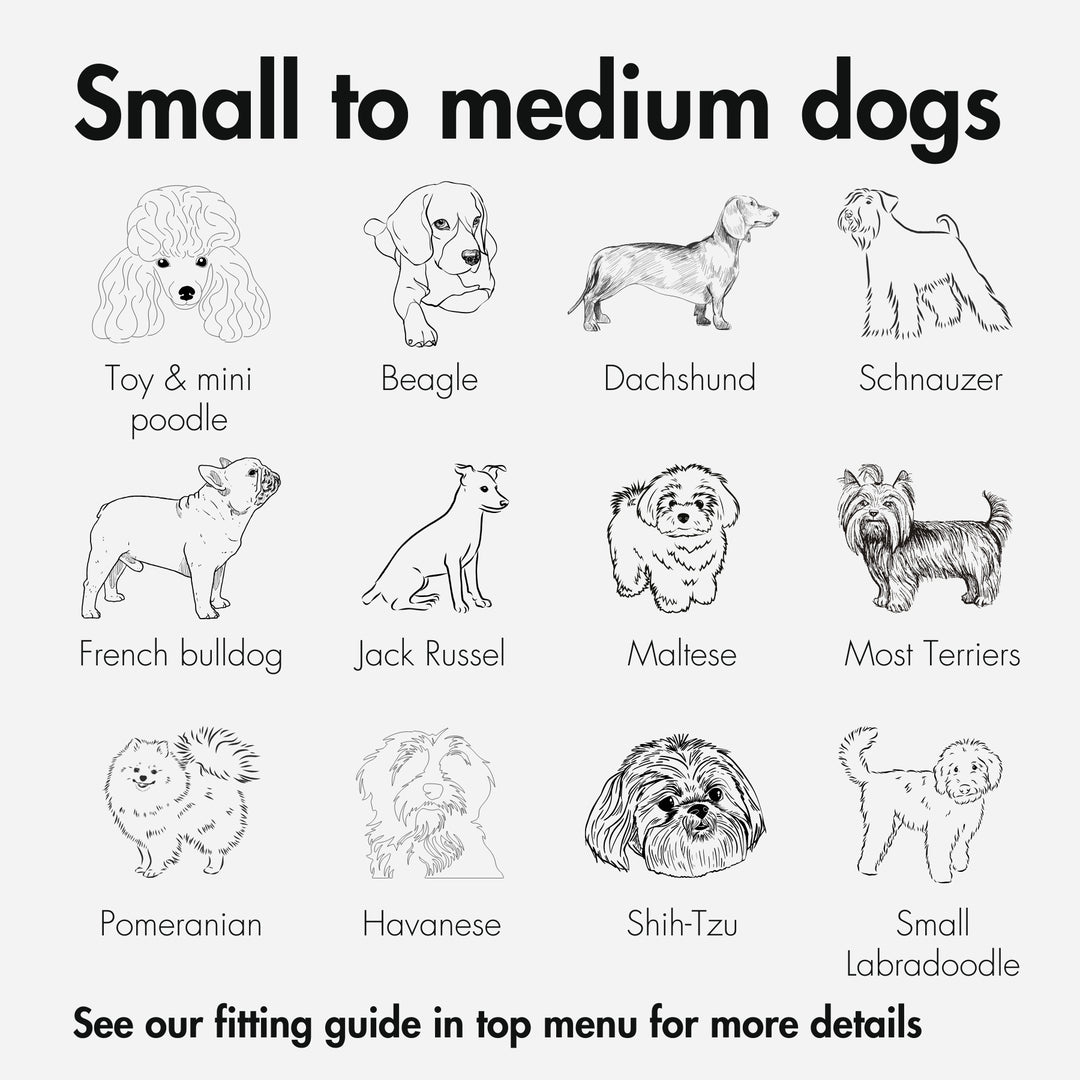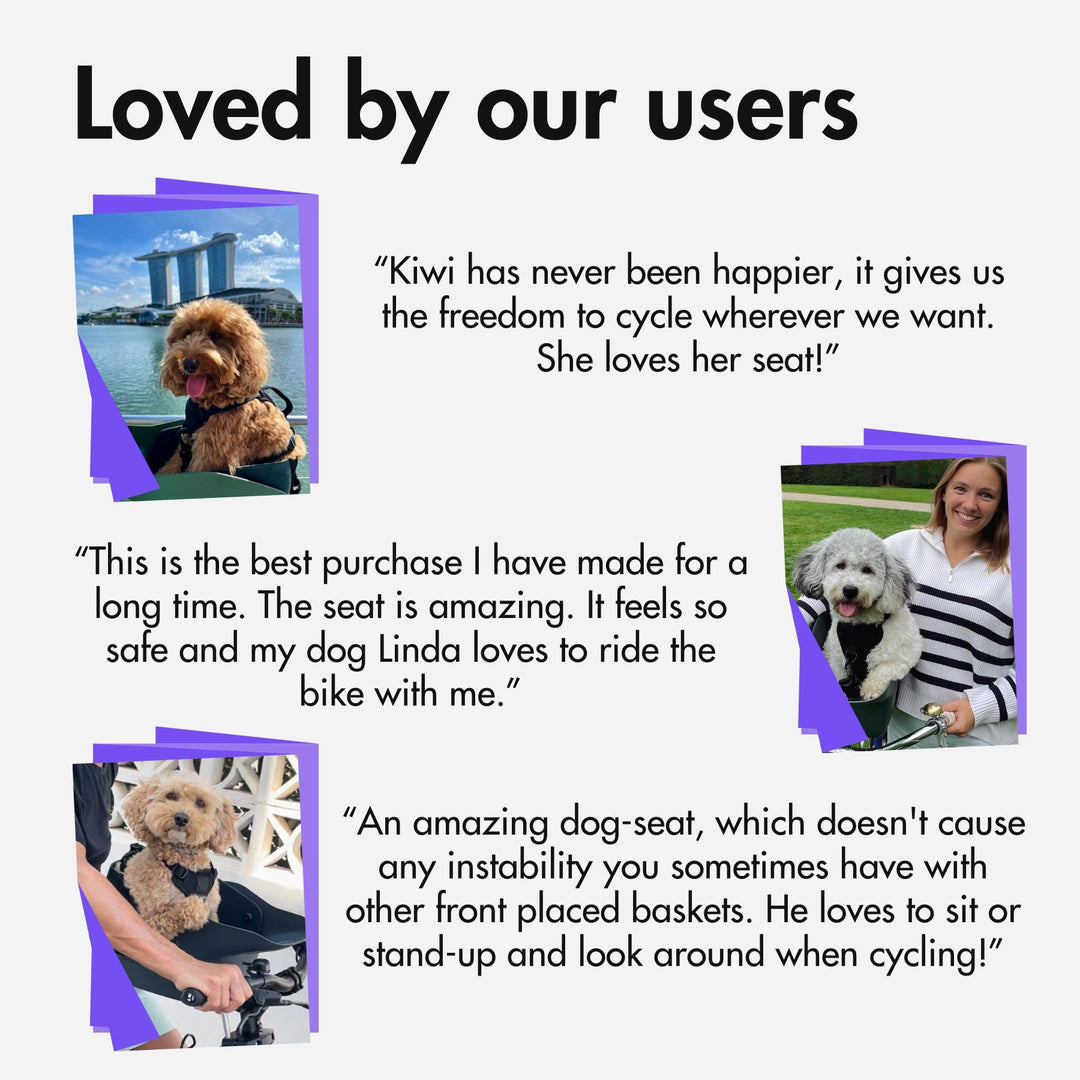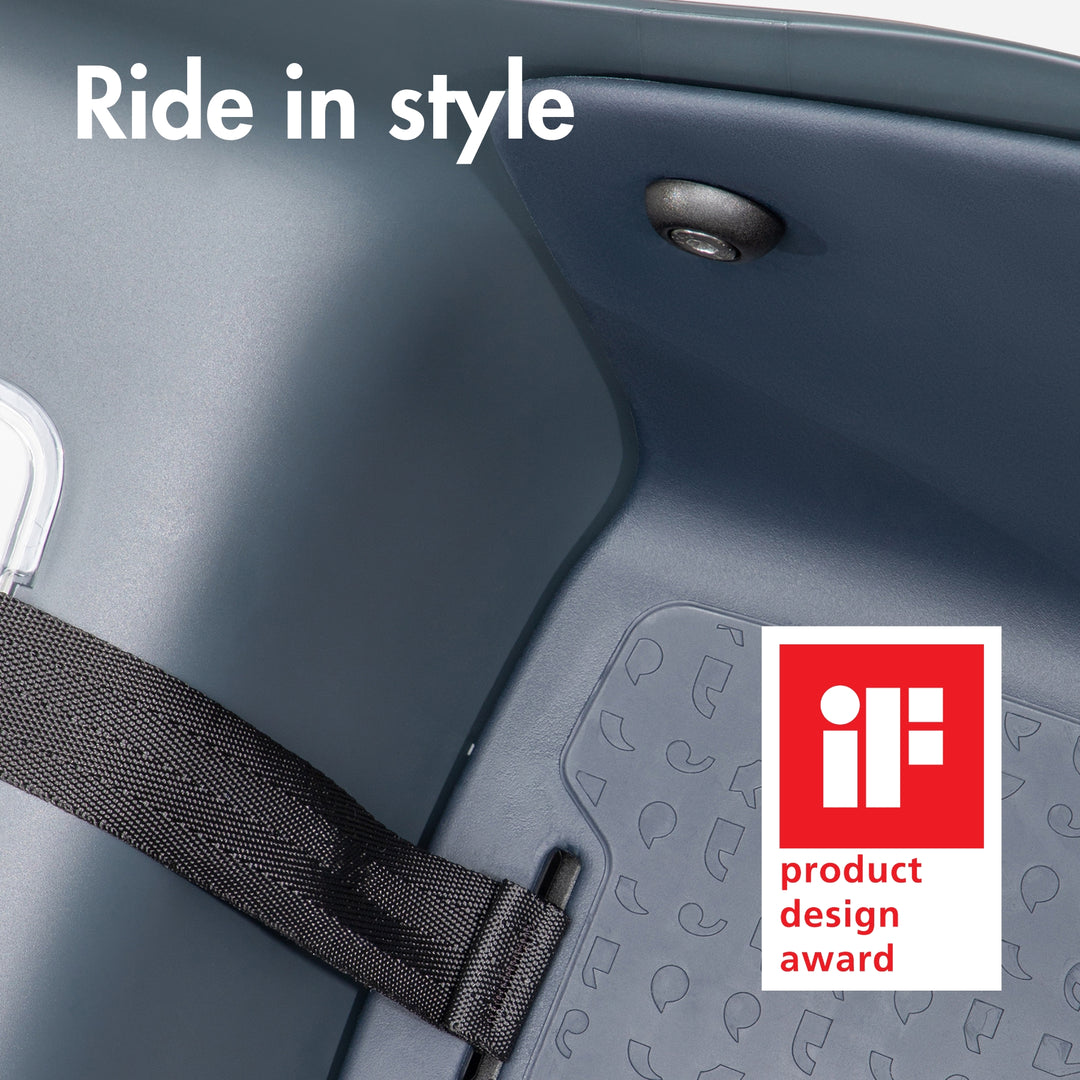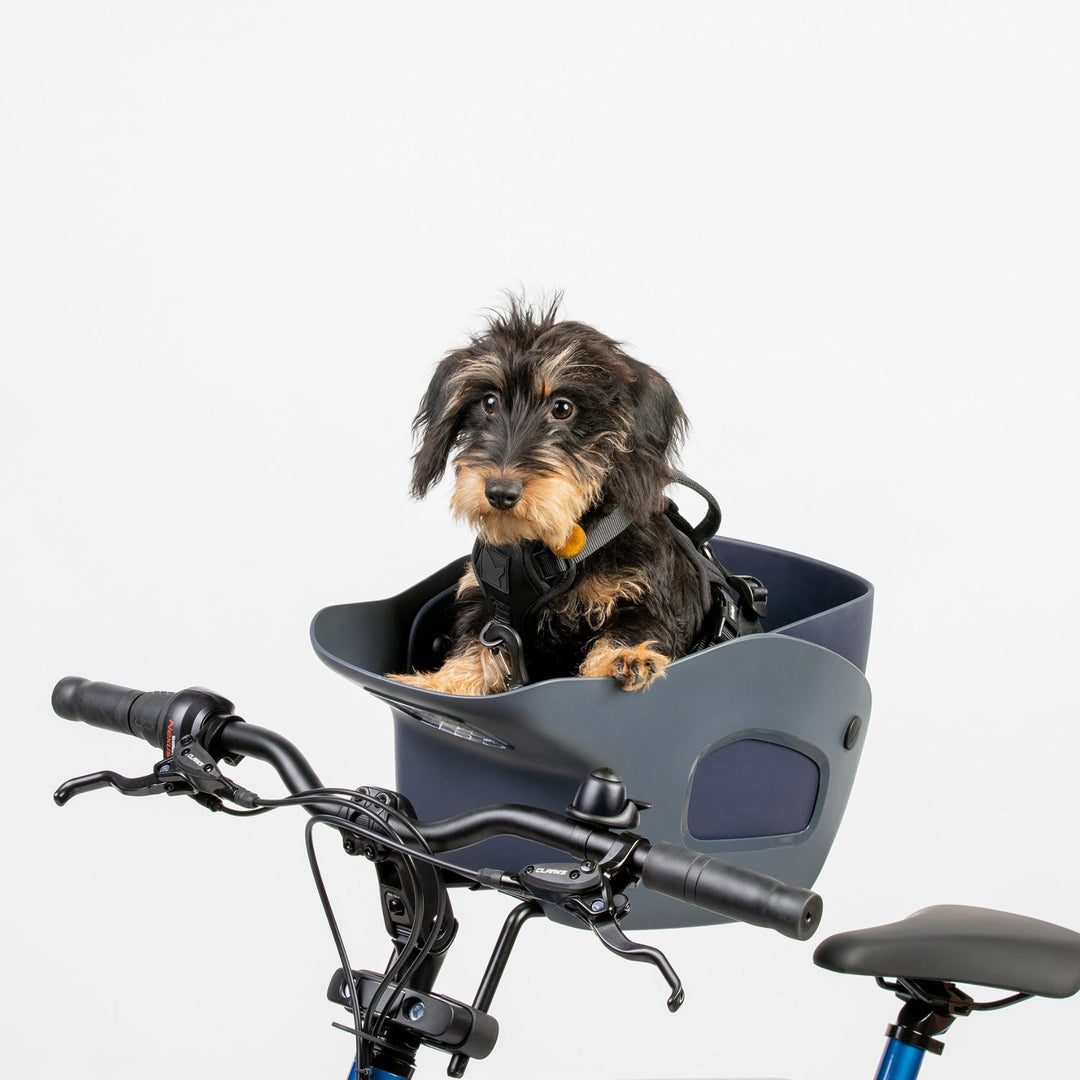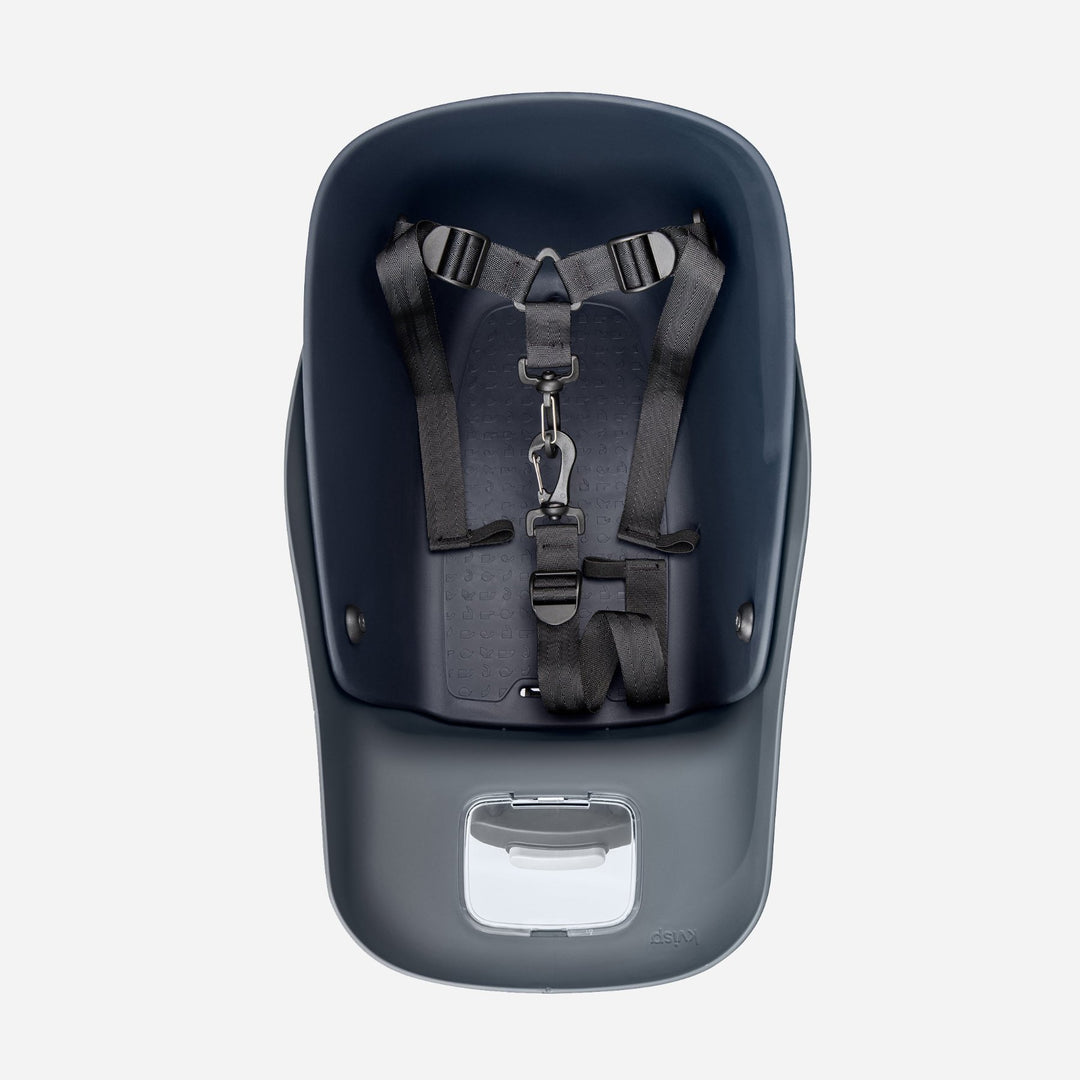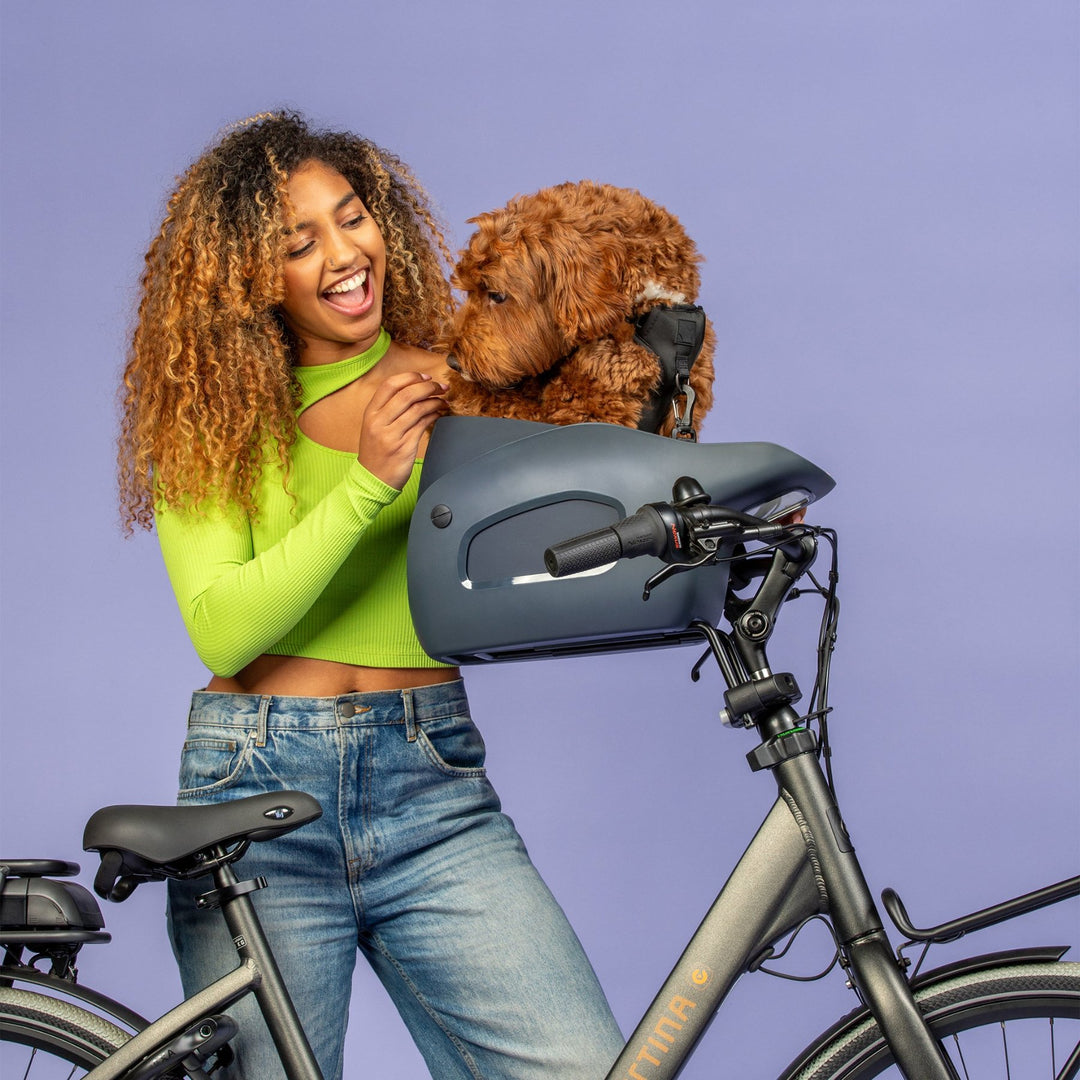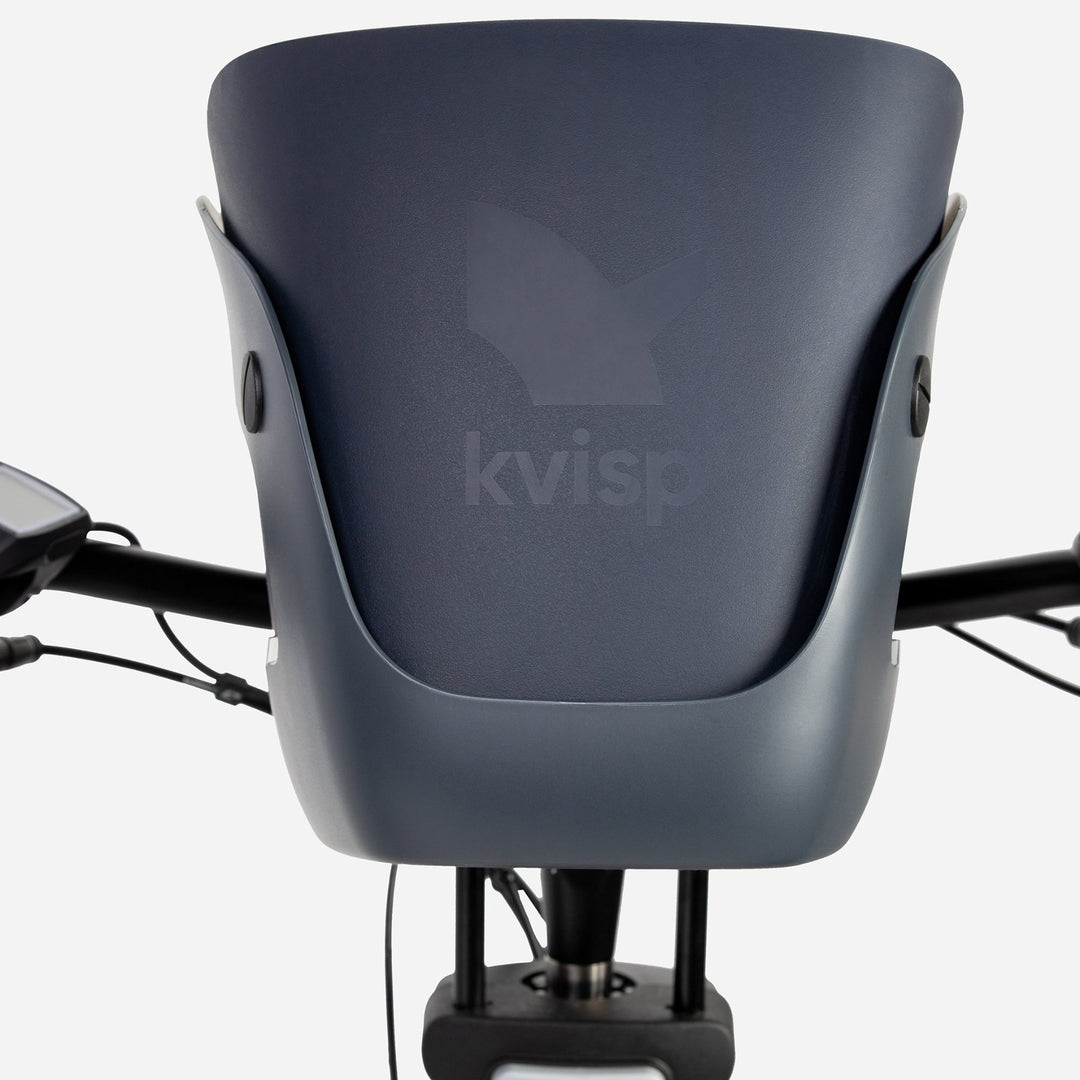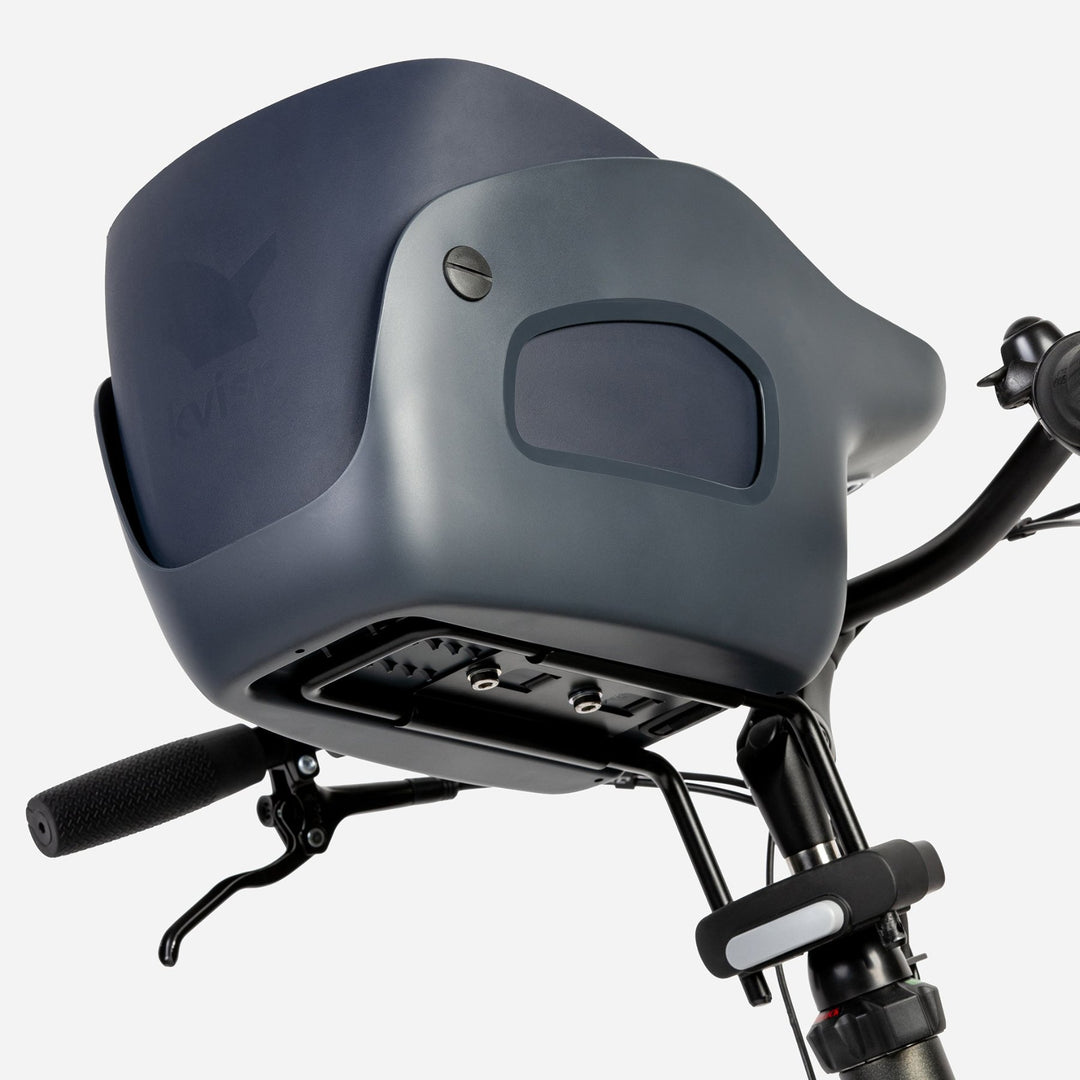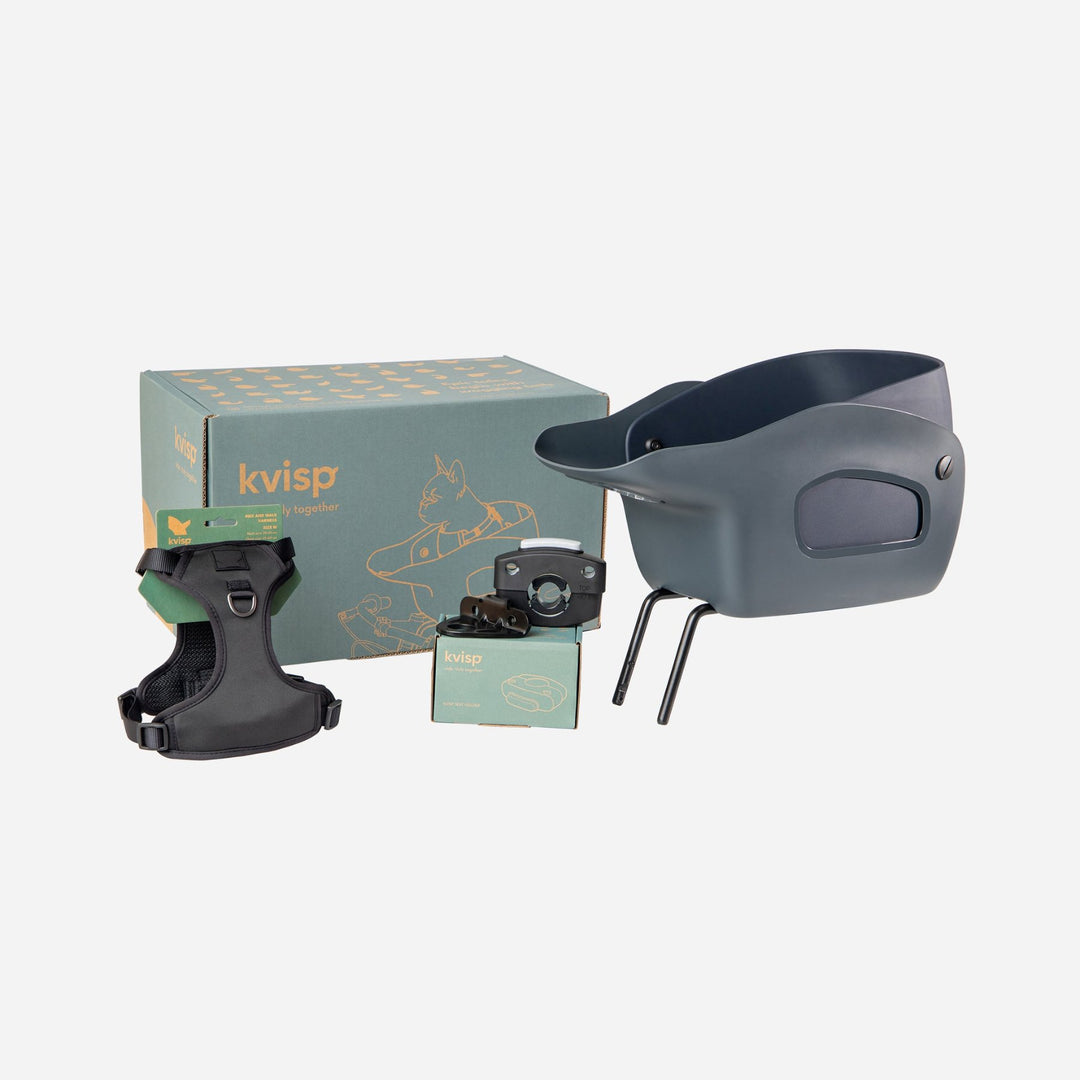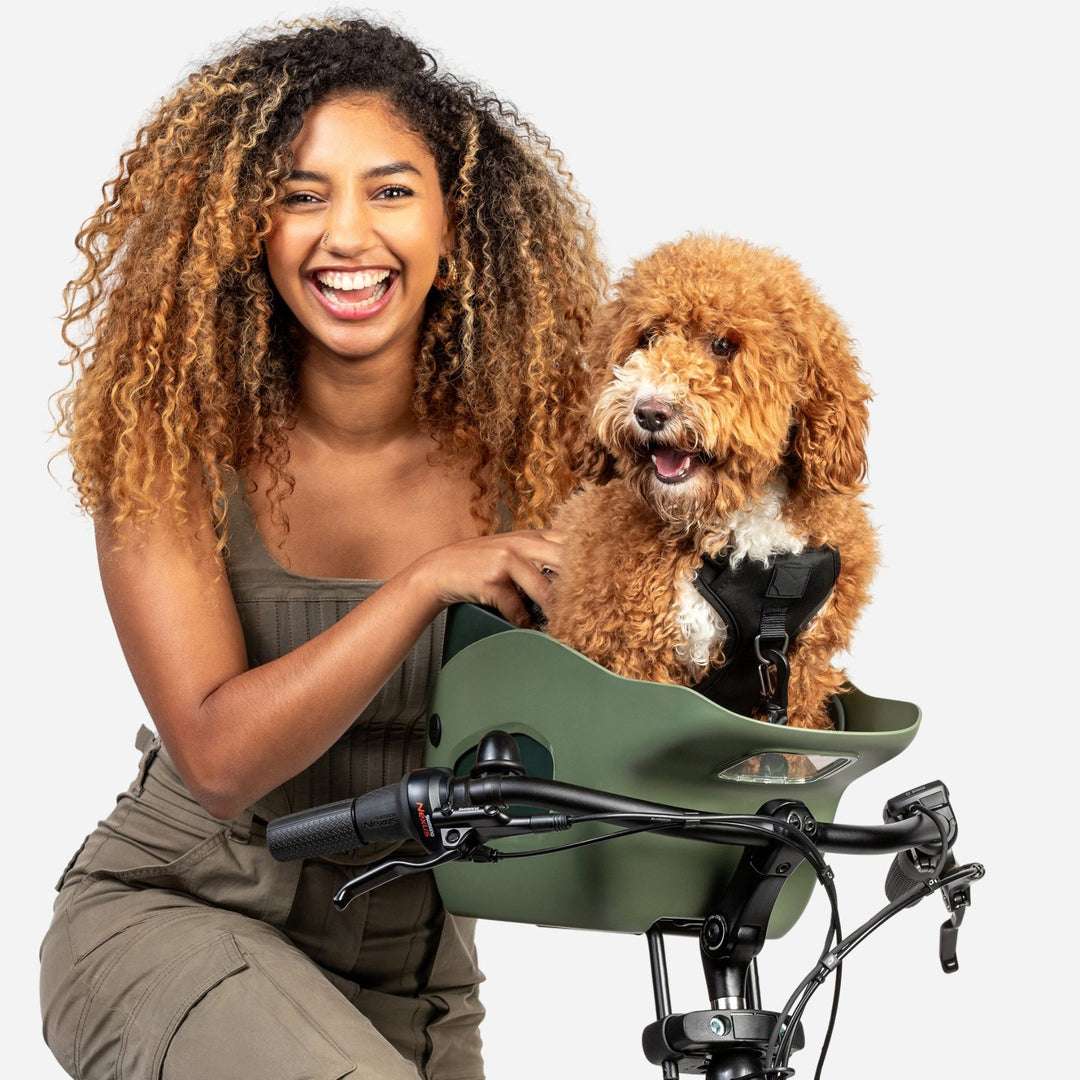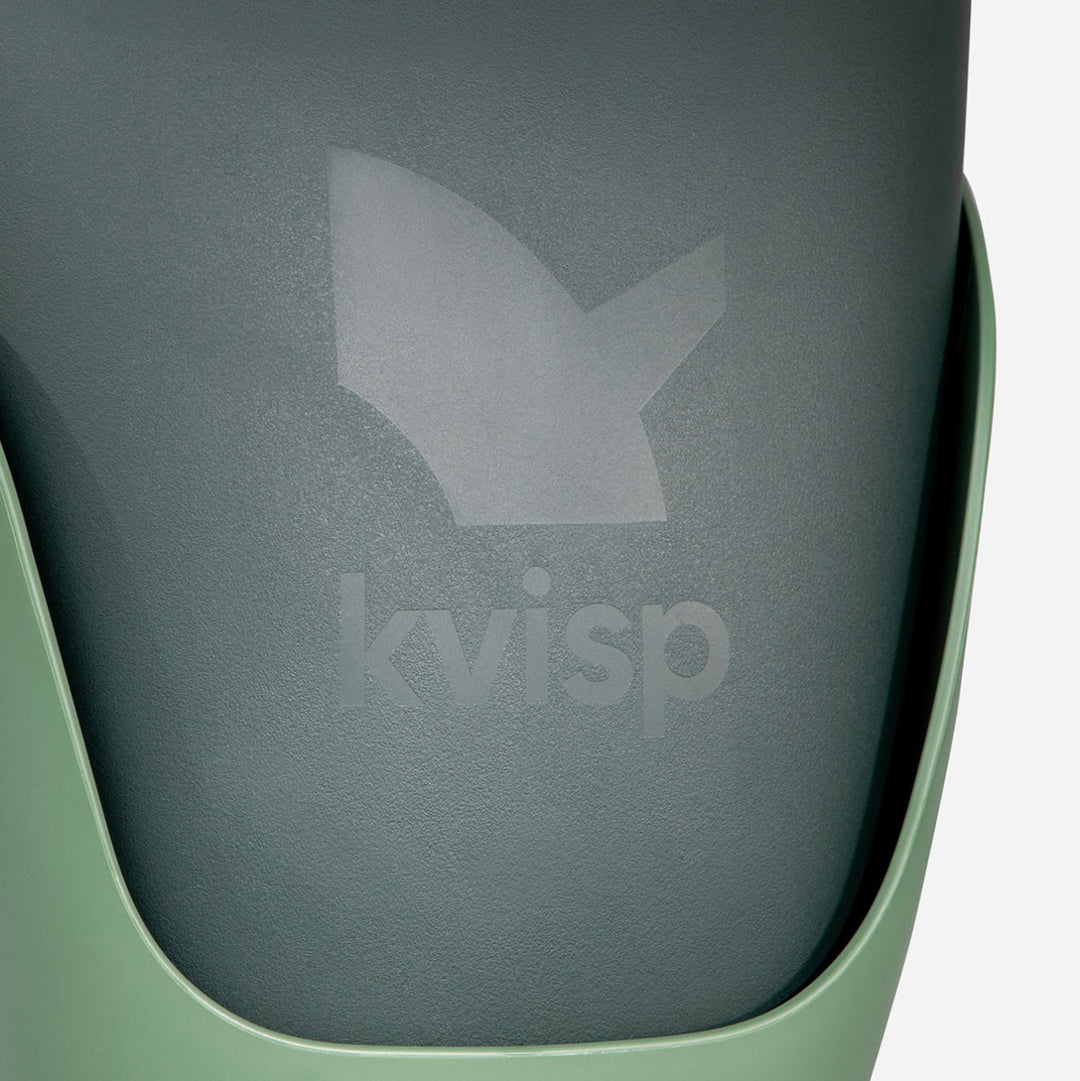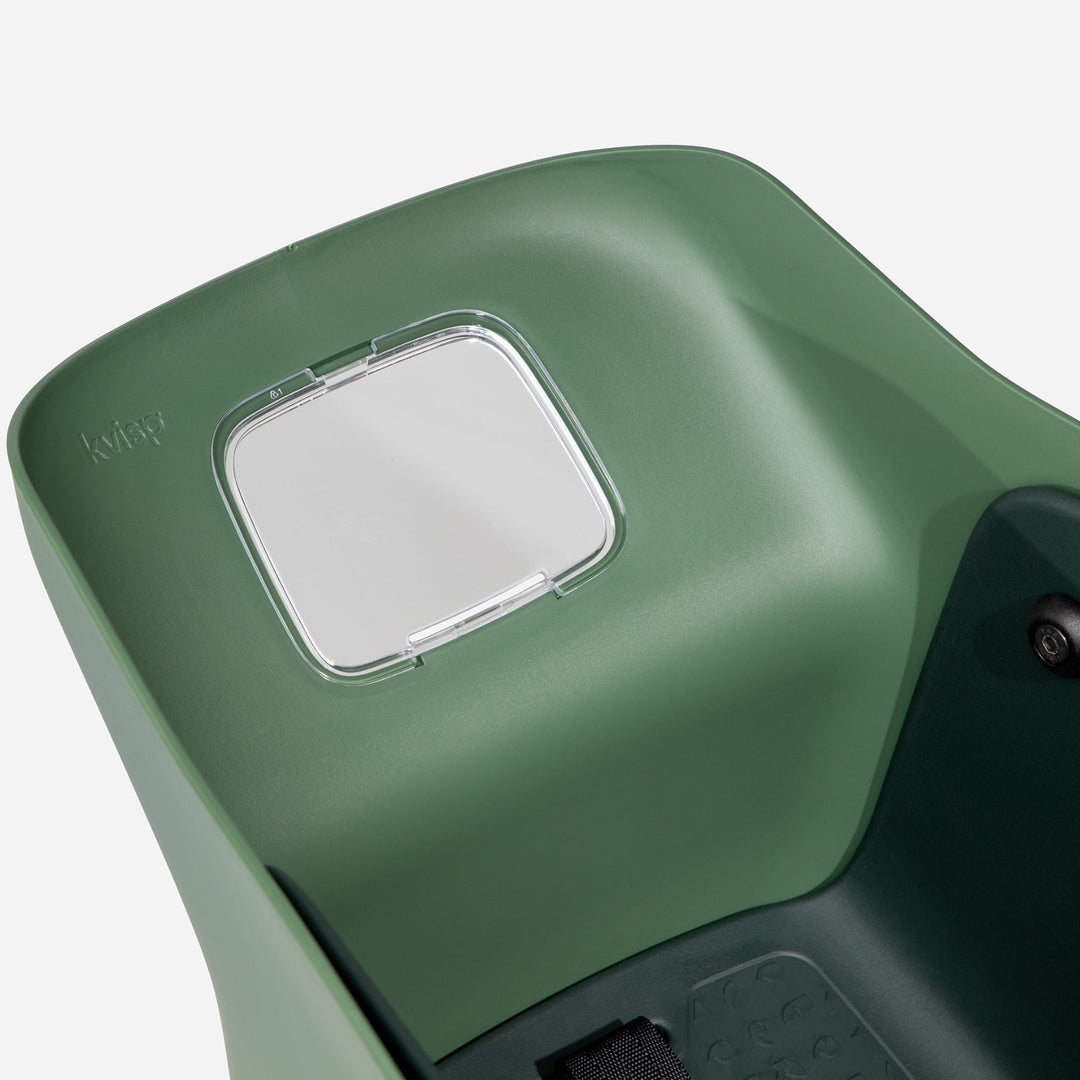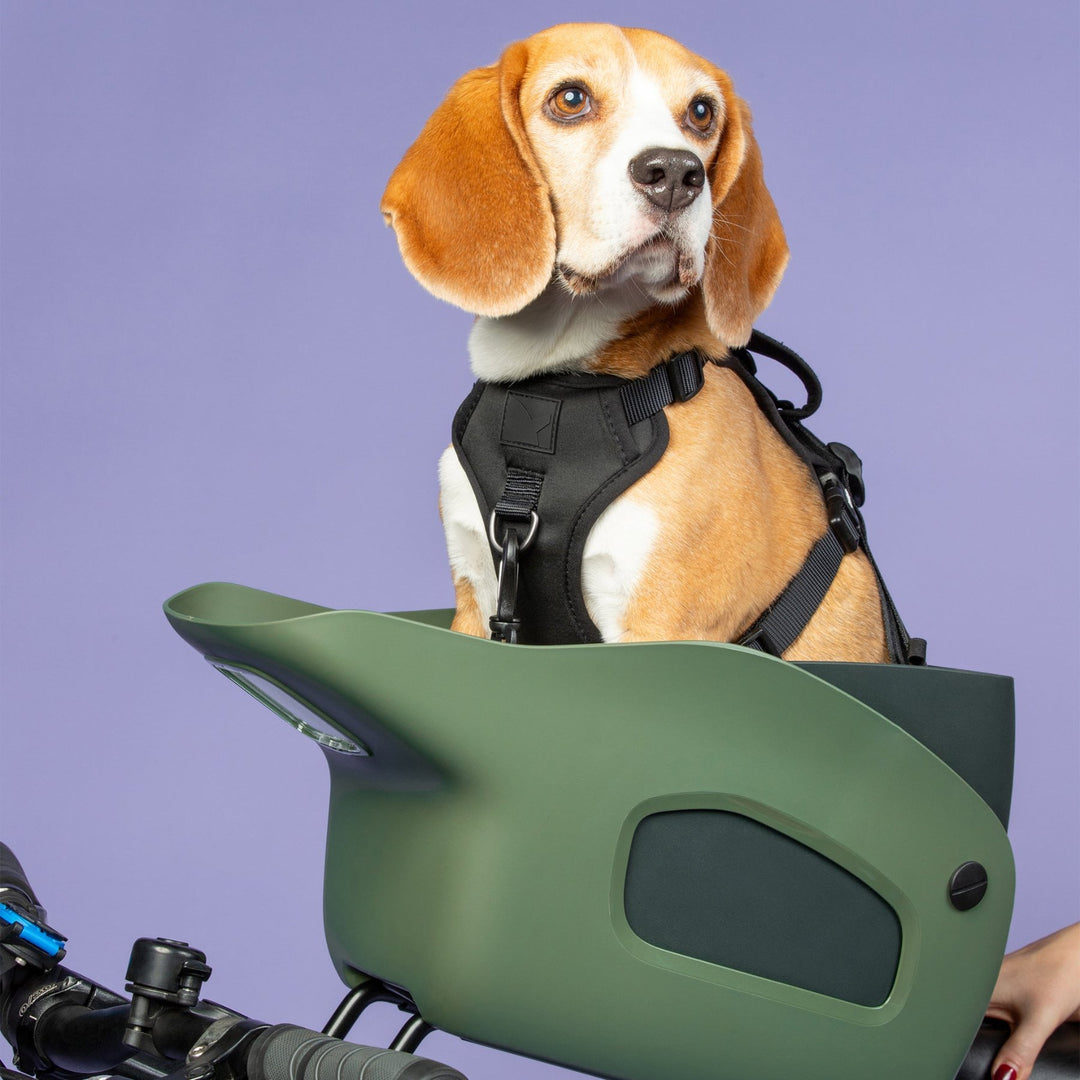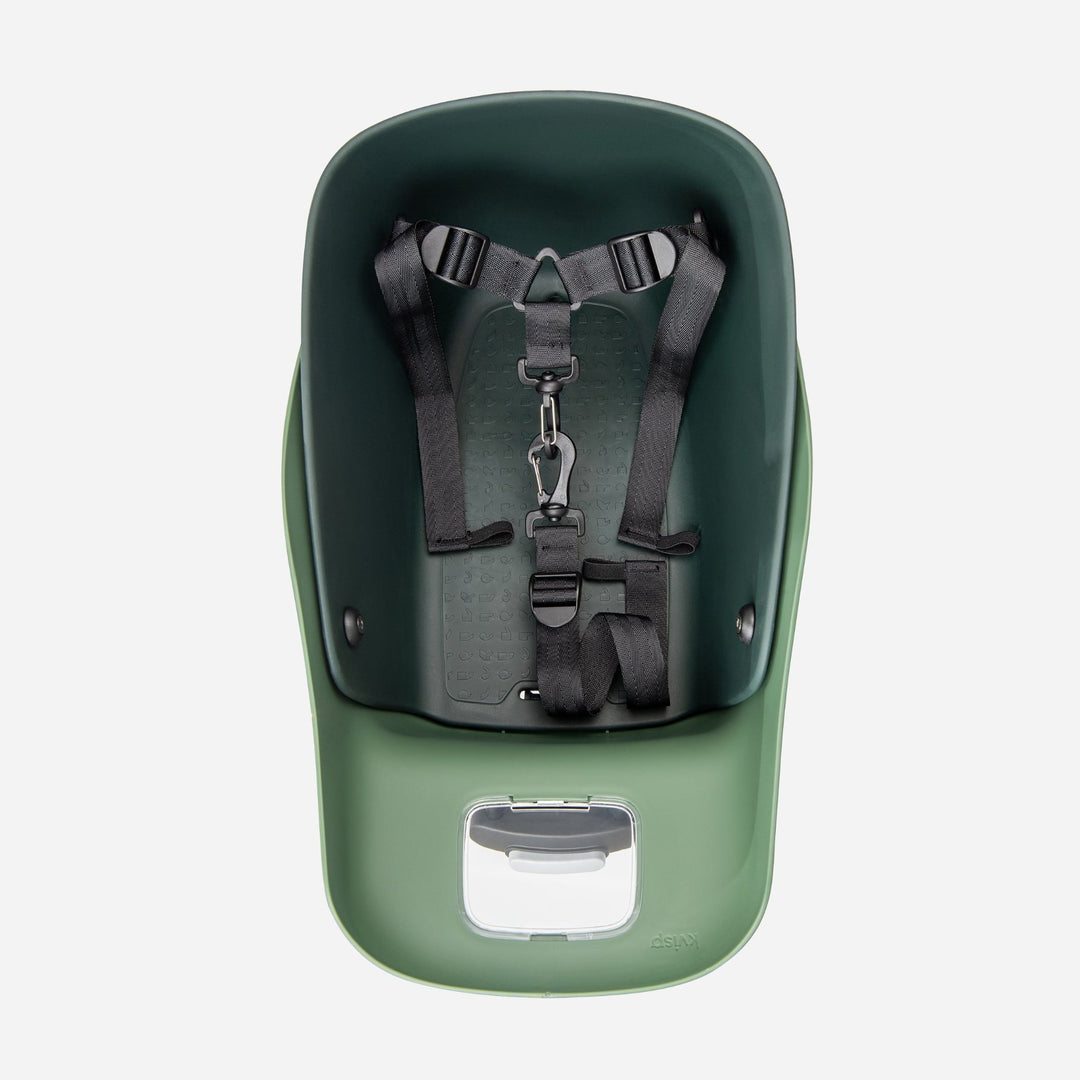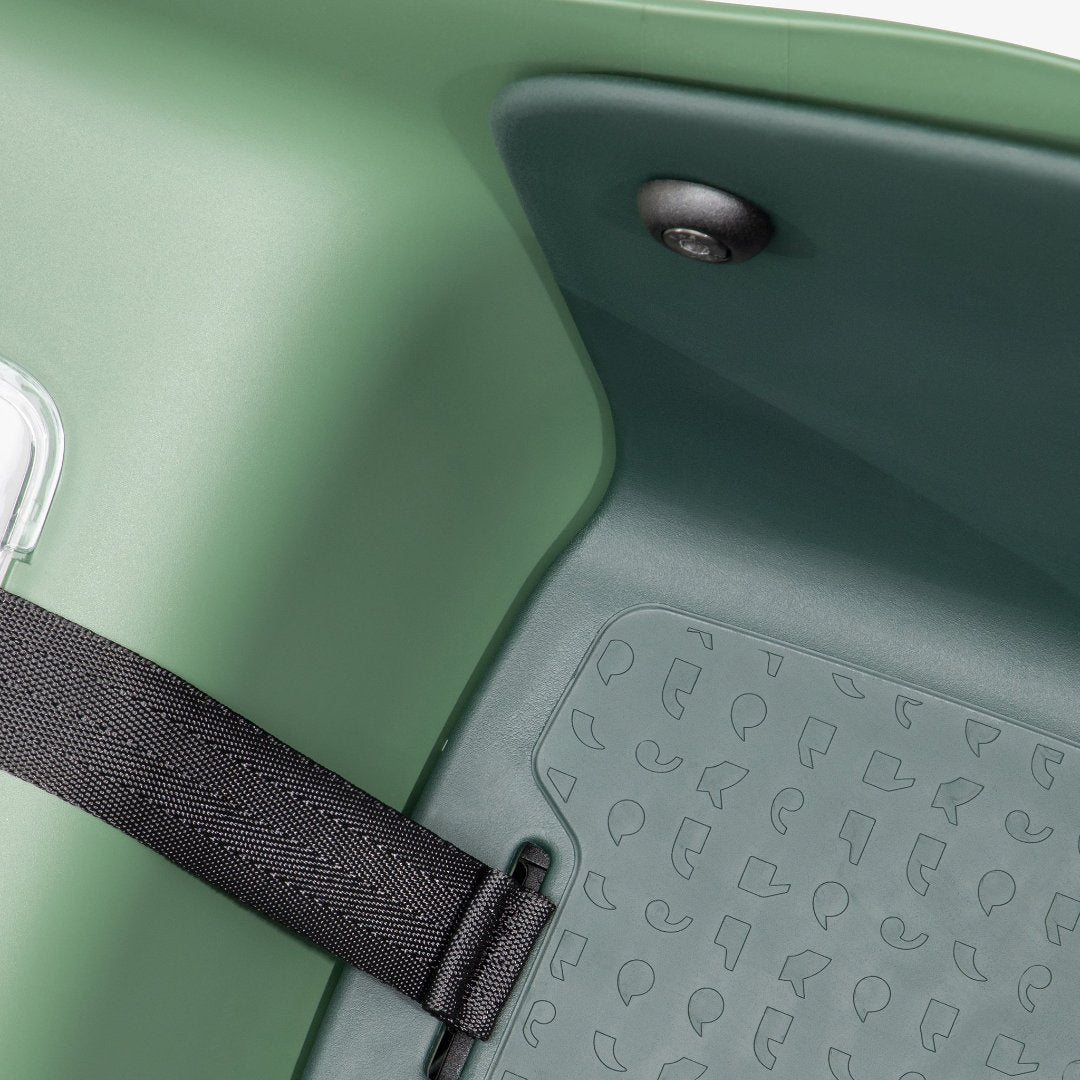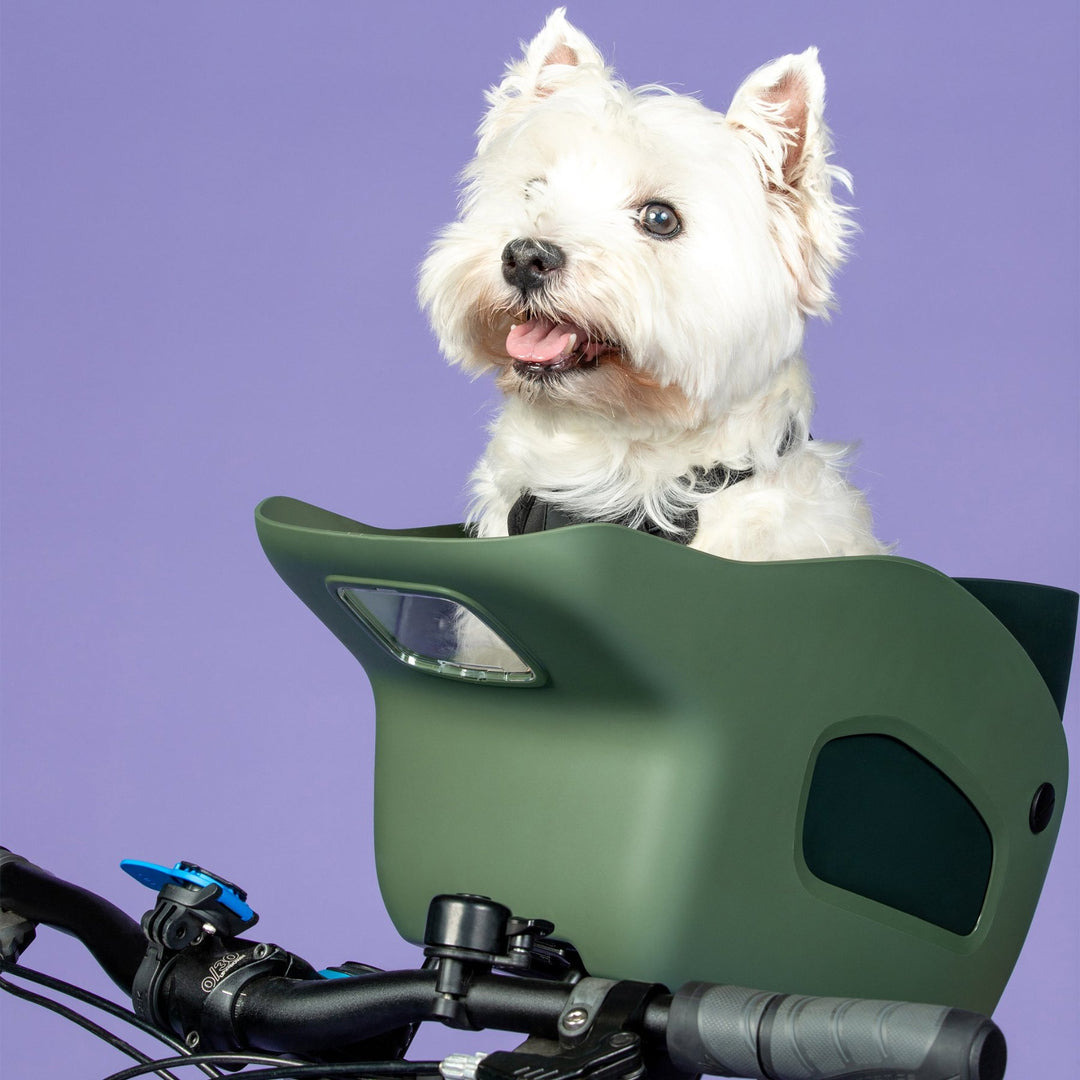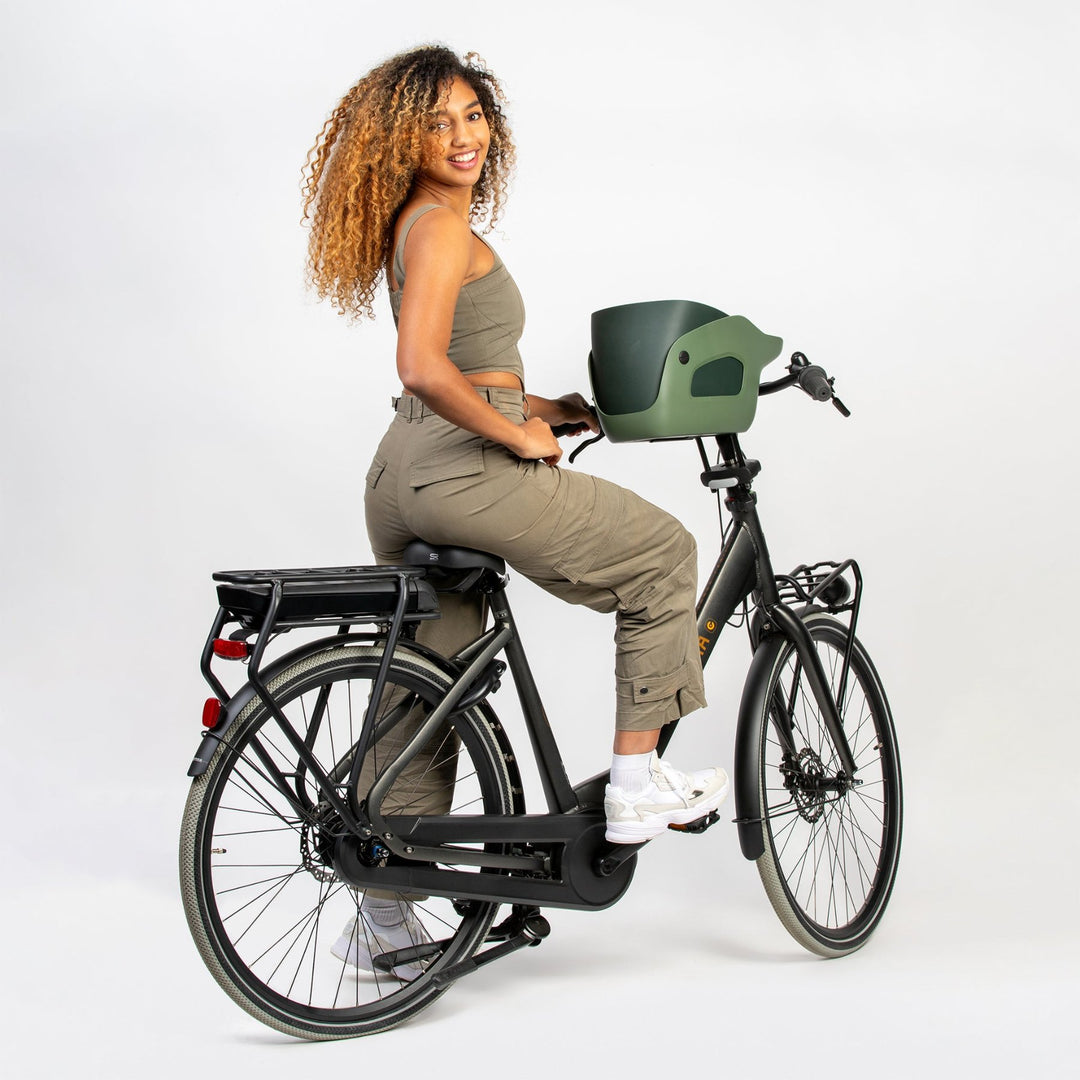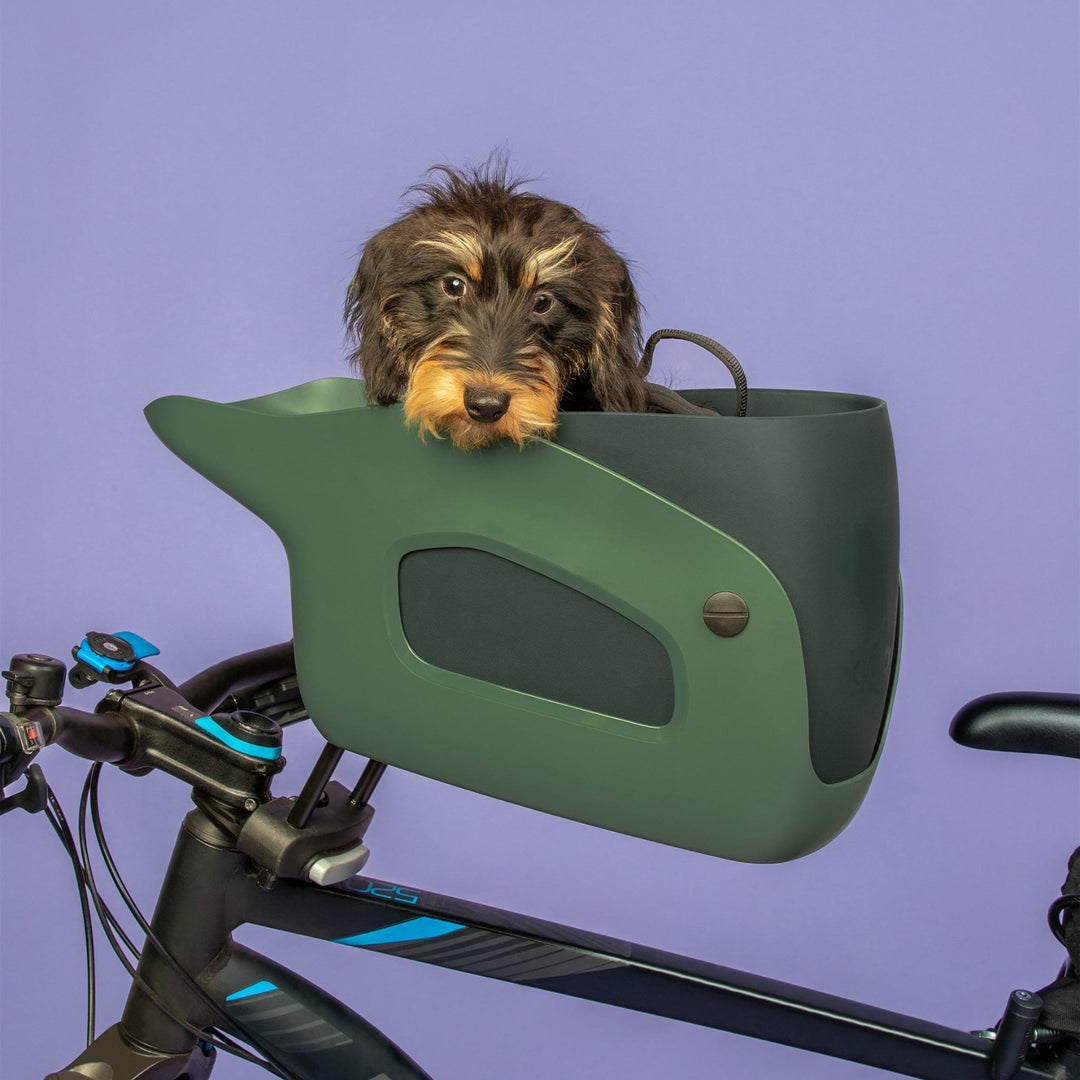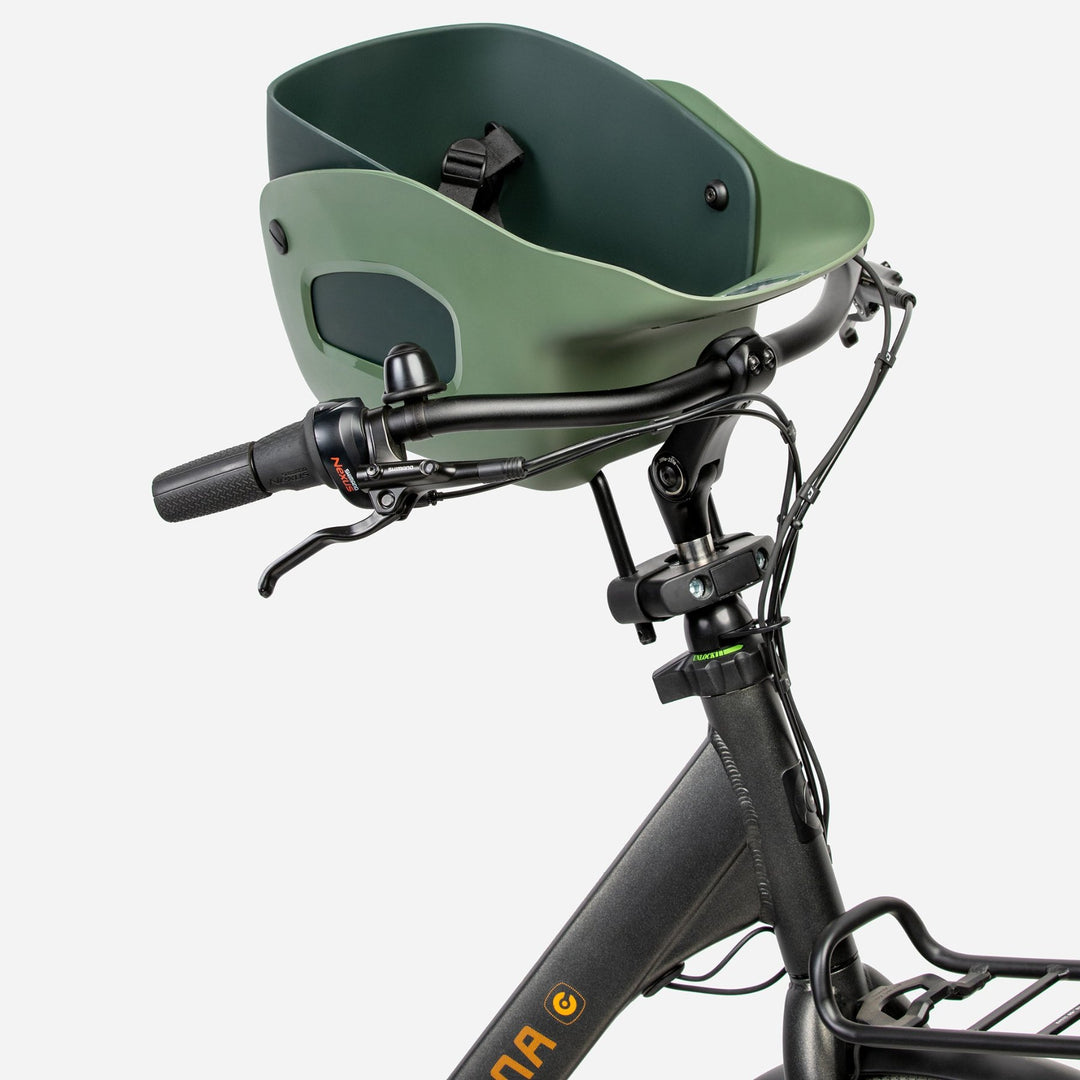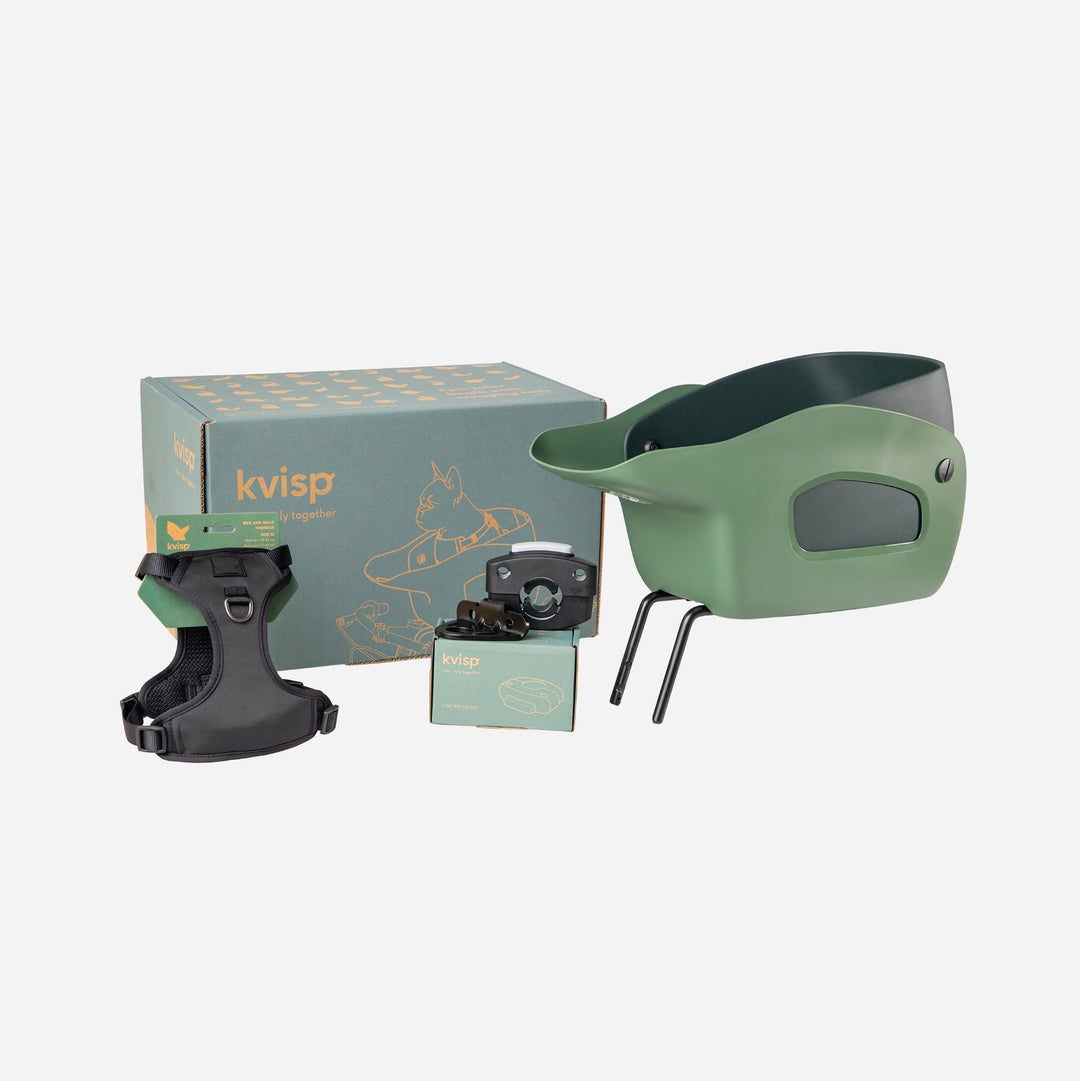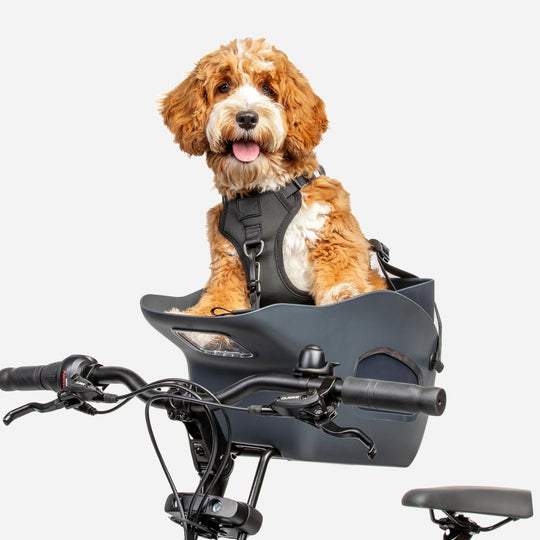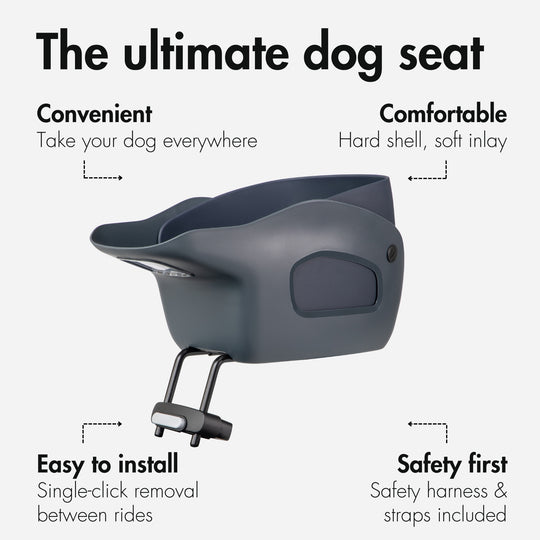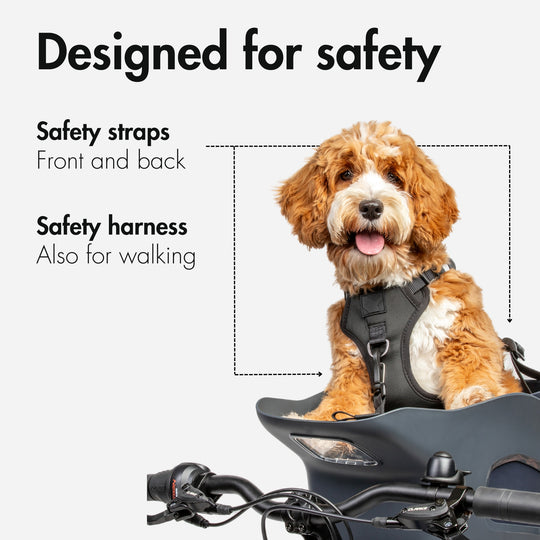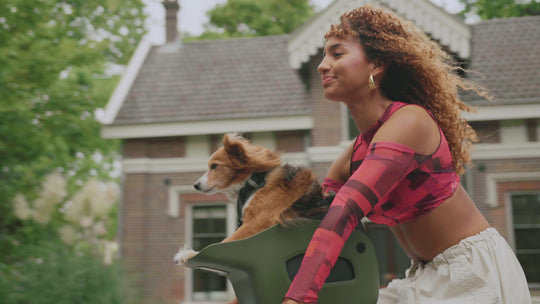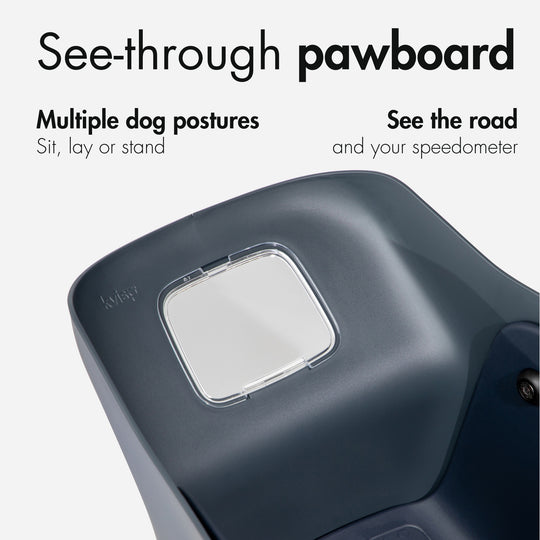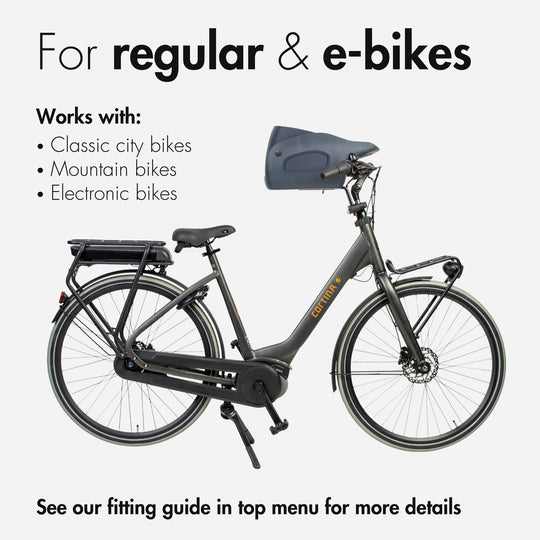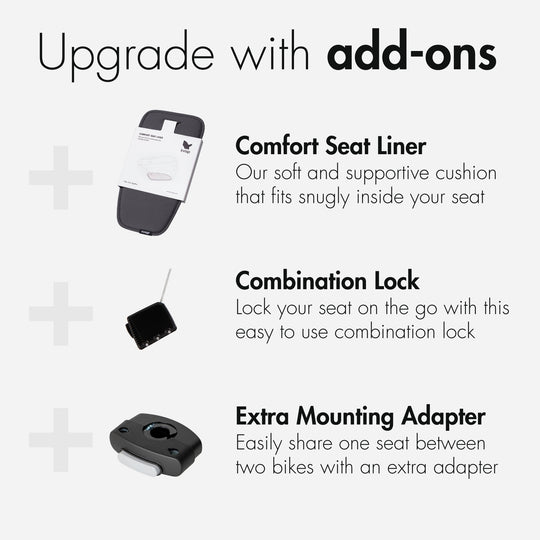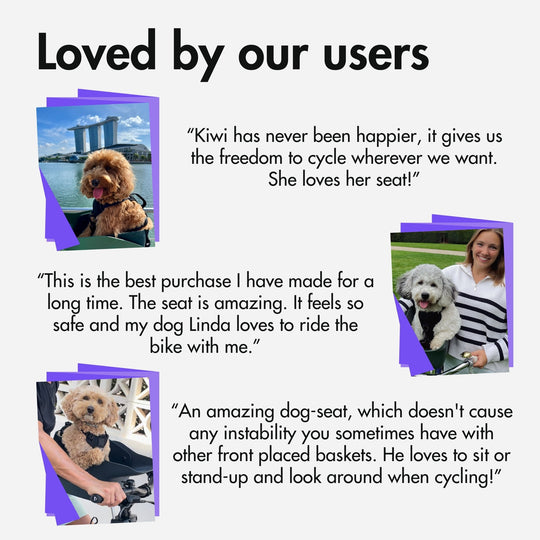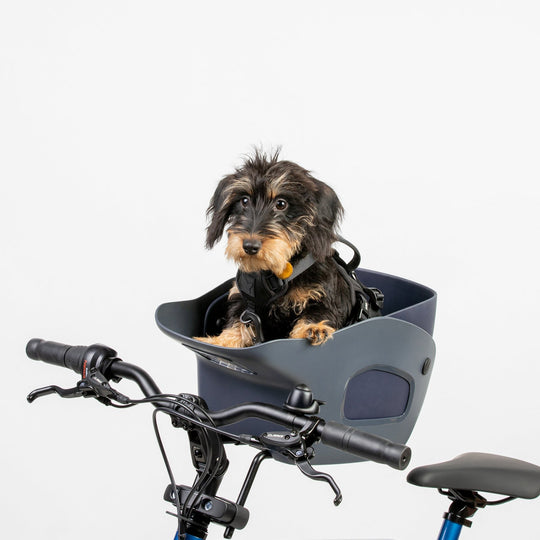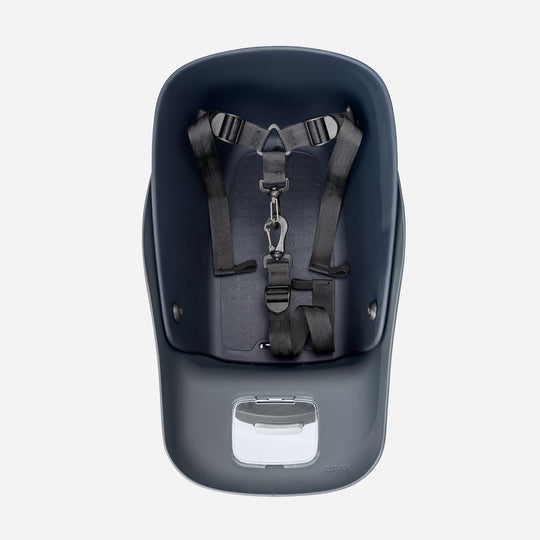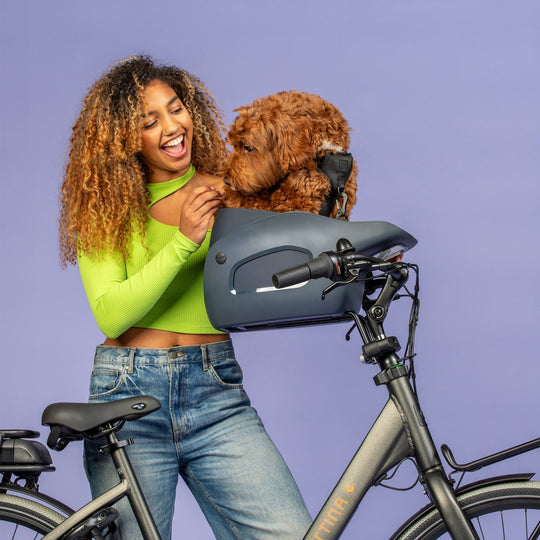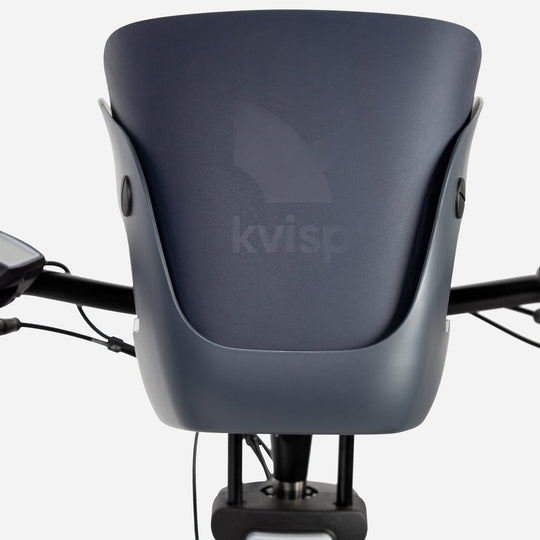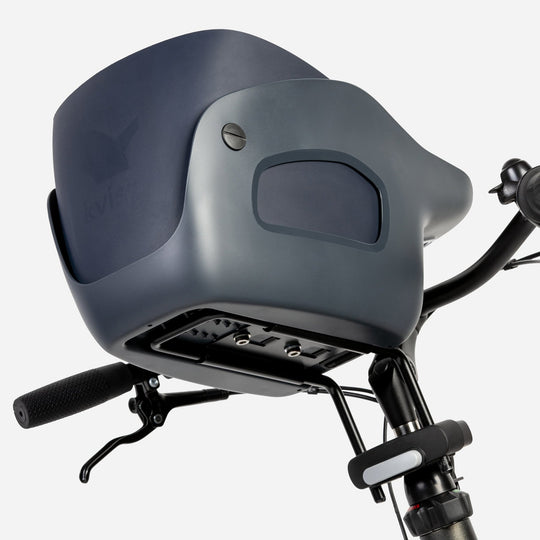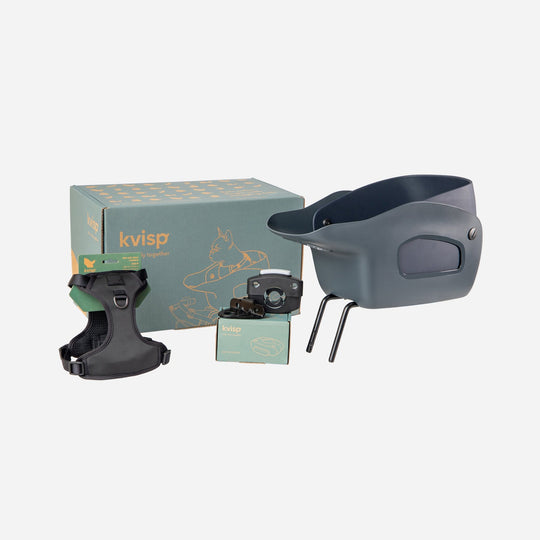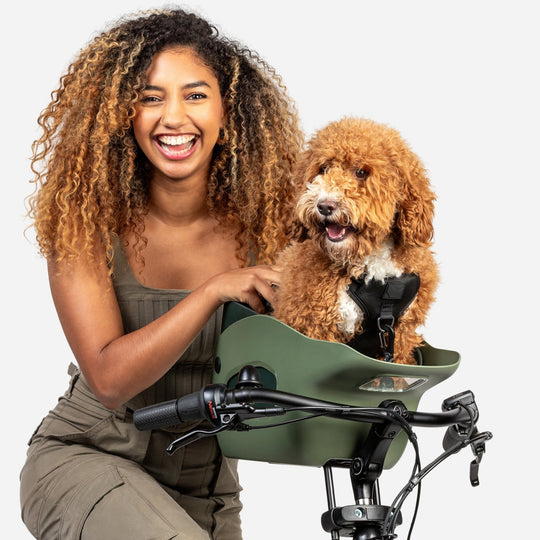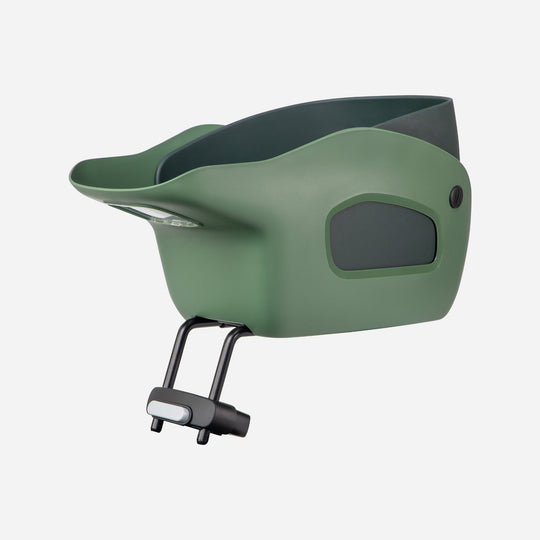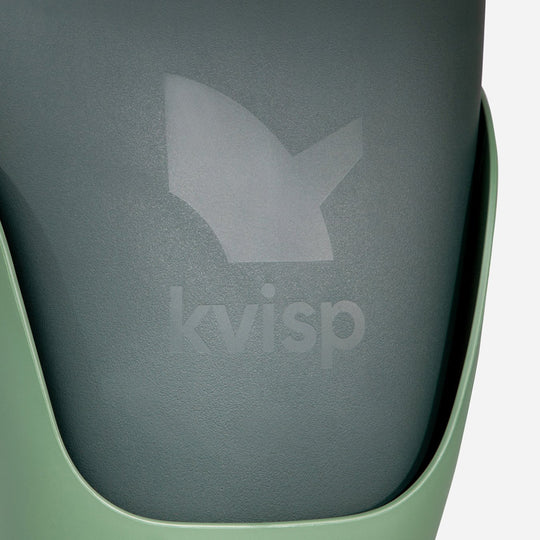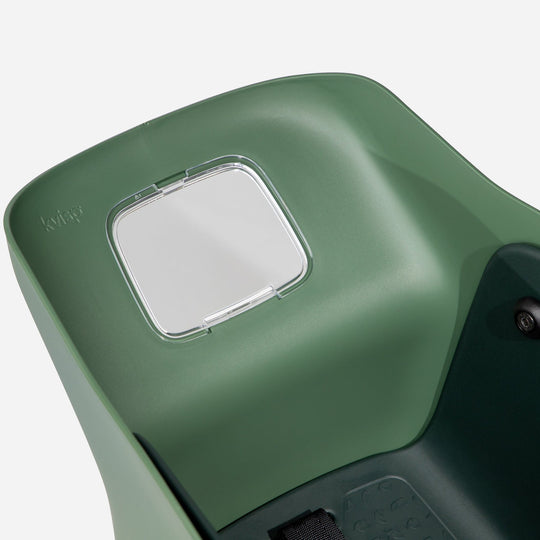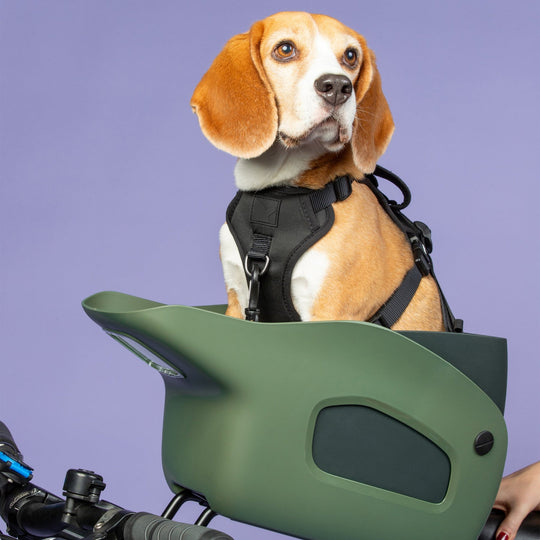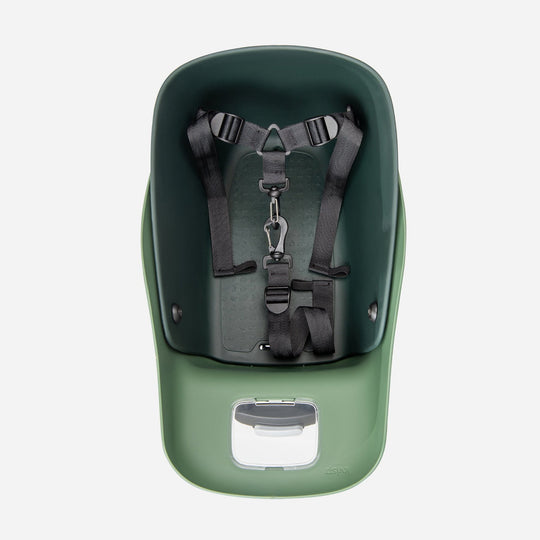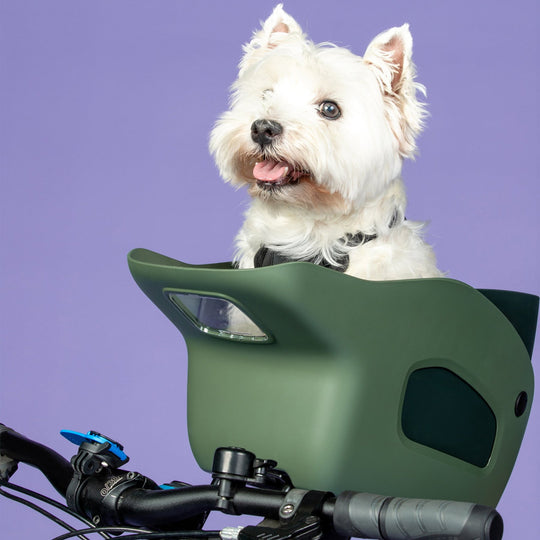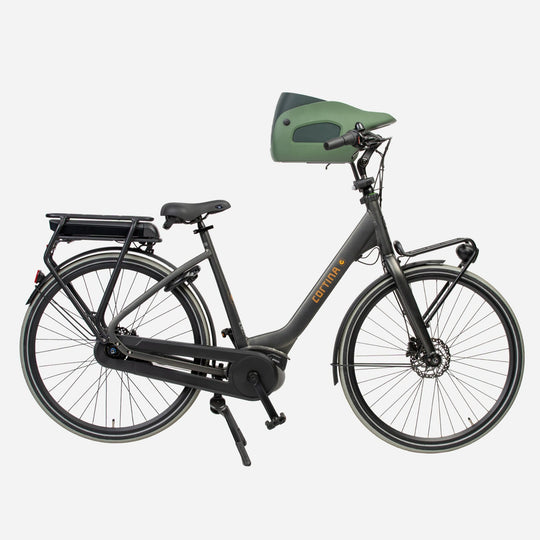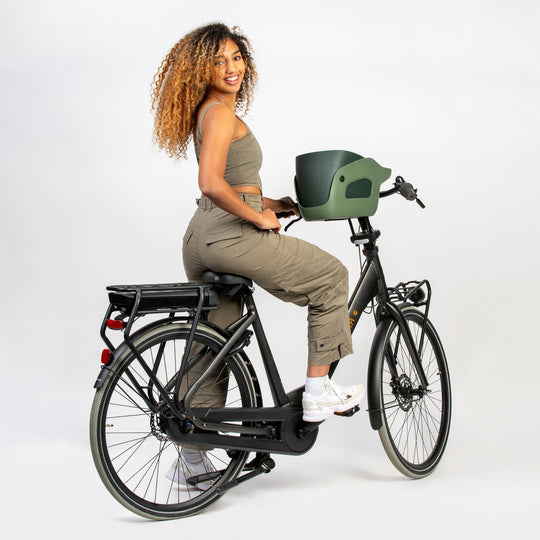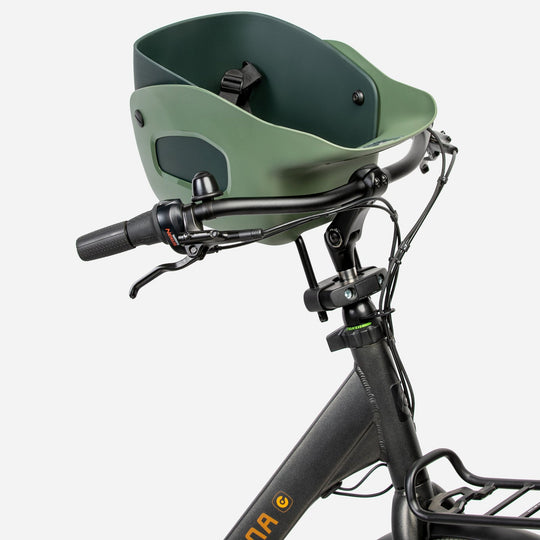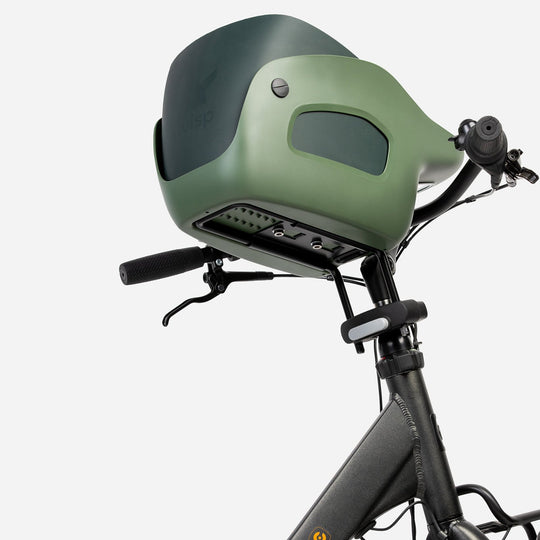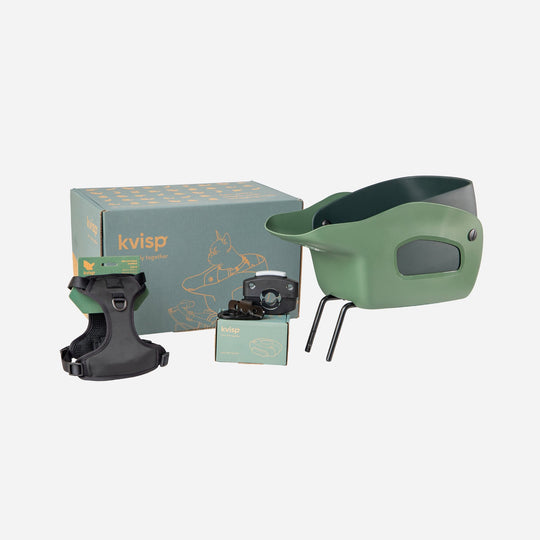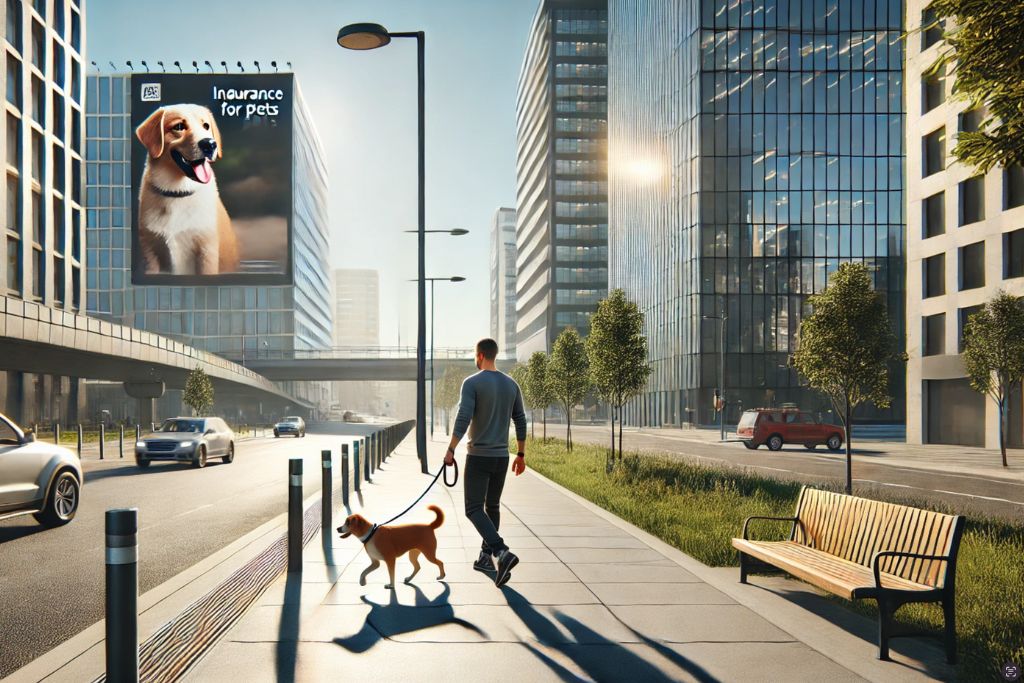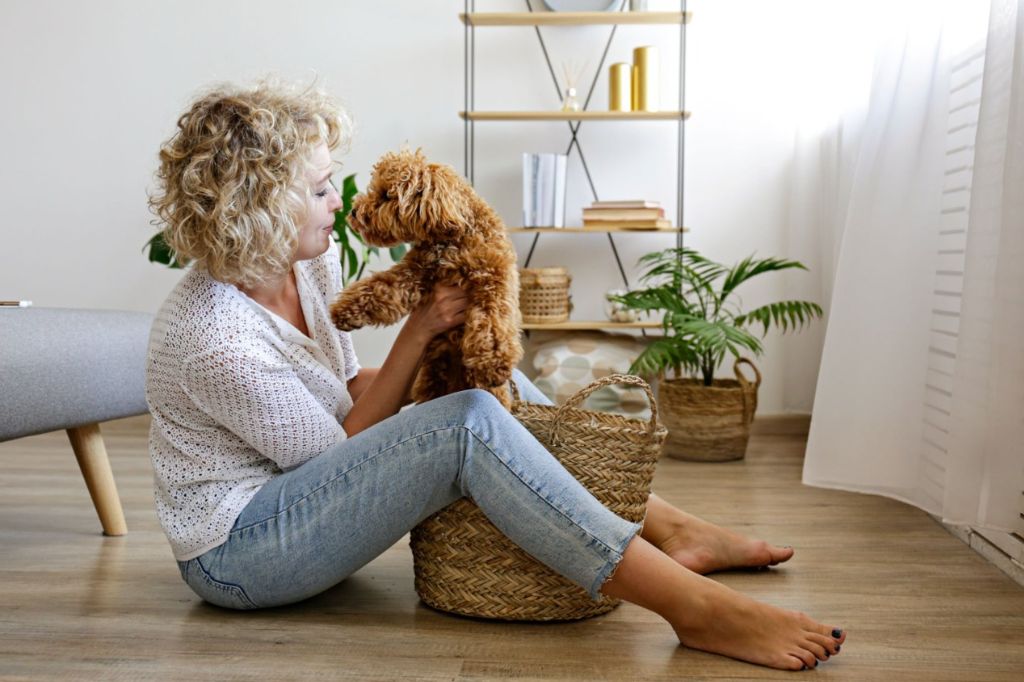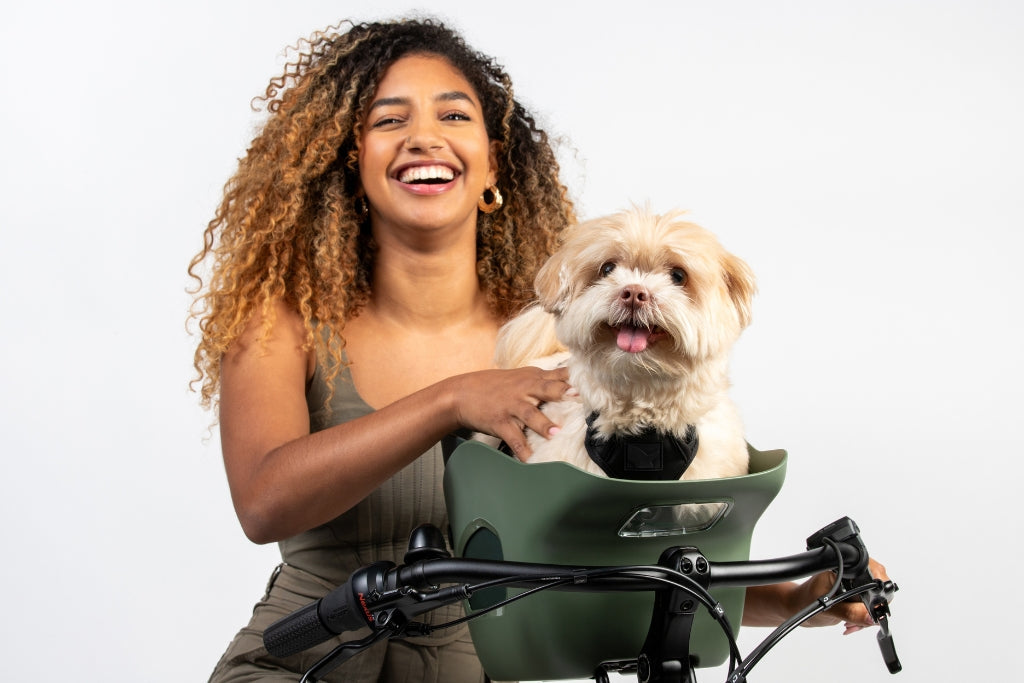How to Attach a Dog Basket to Different Types of Bicycles
If you’ve ever taken your bike out for a ride and wished your furry best friend could tag along, you’re not alone! A dog carrier for bicycle rides lets your pup experience the fresh air and excitement of cycling while staying safe and secure. But before you rush to install a basket, it’s essential to understand how different types work and why choosing the right one matters. There are two main styles: front-mounted and rear-mounted baskets. Front-mounted baskets attach to the handlebars and keep your dog within view, which is great for smaller breeds who love feeling close to their humans. Rear-mounted baskets, on the other hand, attach to the bike’s rack and are ideal for larger dogs or those who prefer a little more space.

Why use a dog bike basket in the first place? Safety is a big reason. A good carrier prevents sudden jumps, ensures stability on turns, and keeps your pet from getting distracted by everything whizzing by. Plus, it makes bike rides far more convenient—no need to juggle a leash or worry about your dog running alongside! A well-secured carrier also protects your pup from rough terrain, so they can enjoy the ride without discomfort. Whether you’re planning a casual neighborhood cruise or an adventurous off-road trip, understanding how these baskets work is the first step to making the experience enjoyable for both of you.
Choosing the Right Dog Basket for Your Bike
Not all dog carriers fit every bicycle, and choosing the right one can make or break your cycling adventures. A poorly fitted basket could make your ride wobbly or unsafe, so you need to pick one designed for both your bike and your pup’s needs. The first thing to consider is size and weight capacity. Different baskets have different limits, so always check how much weight they can hold. A small, front-mounted basket is perfect for a Chihuahua, but a medium-sized dog might be better suited to a rear-mounted option.
When picking the best basket for your ride, think about these factors:
👉 Bike Compatibility: Not all bikes have the same handlebar setup or rear rack design. Make sure the basket fits securely without interfering with your ability to steer or balance.
👉 Stability & Safety Features: Look for a sturdy frame, strong attachment points, and a safety tether to keep your dog secure. Some models even have a built-in leash clip!
👉 Comfort for Your Dog: Soft padding, good ventilation, and enough room for your dog to sit or lie down comfortably are essential. Nobody wants a grumpy pup halfway through a ride.
👉 Weather Protection: If you plan to ride in different conditions, a basket with a removable cover or rain shield can keep your dog cozy and dry.
Choosing wisely ensures that both you and your dog enjoy stress-free rides, without the worry of an unstable basket or an uncomfortable pup. The right carrier should feel like an extension of your bike, blending seamlessly into your ride while keeping your furry passenger safe.
Essential Tools and Equipment for Installation
Before you attach a dog carrier for bicycle rides, make sure you have everything you need. A wobbly or improperly installed basket can lead to dangerous situations for both you and your pet. Thankfully, most high-quality baskets come with installation kits, but having a few extra tools on hand can make the process smoother. At a minimum, you’ll need:
➡️ A wrench or Allen key – Most baskets require tightening bolts onto handlebars or rear racks.
➡️ Screwdrivers – Some models use screws instead of clamps, especially for rear-mounted designs.
➡️ Protective padding – If your bike’s frame is prone to scratches, some padding can prevent damage.
➡️ Extra bungee cords or straps – Useful for securing the basket further, especially if you ride on rough terrain.
Before mounting, check your bike for any weak spots—loose handlebars, worn-out screws, or an unstable rear rack could all compromise the basket’s security. If your bicycle doesn’t have a built-in rear rack but you want a rear-mounted carrier, you might need to install one separately. The last thing you want is to set everything up, only to realize your bike isn’t quite ready! Taking the time to gather your tools and assess your setup ensures a much smoother installation process.
Attaching a Dog Basket to a Standard Road Bike
Road bikes are lightweight and built for speed, so adding extra weight—especially on the handlebars—can affect balance and steering. If you’re installing a front-mounted basket, ensure it attaches securely without putting too much strain on the handlebars. Some baskets use a quick-release mounting system, which makes it easy to attach and detach when needed. This is great if you use your bike for other things besides dog-friendly rides. When attaching the basket, tighten the bolts and double-check the weight distribution to avoid wobbling.
For rear-mounted baskets, road bikes can be a little trickier since not all models come with a built-in rear rack. If your bike doesn’t have one, you’ll need to install a compatible rack before securing the basket. Once attached, make sure the basket is positioned evenly to prevent tilting. It’s also a good idea to use a safety tether to keep your dog securely inside the basket—especially if they’re the type to get excited over passing squirrels! Keeping weight distribution even and ensuring a secure fit will make for a smoother, safer ride.
Installing a Dog Basket on a Mountain Bike
Mountain bikes are designed to handle bumps, dirt trails, and uneven terrain, which means installing a dog carrier for bicycle adventures on these bikes requires extra stability. The constant movement from rough trails could cause a poorly secured basket to shake loose or become uncomfortable for your dog. To prevent this, choose a basket with a strong attachment system—bolted or strapped options work best. Avoid flimsy hook-on baskets, as they might not hold up against bumpy rides.
If you’re going off-road, a rear-mounted basket is usually the better option. This setup keeps the weight centered over the bike’s frame, which helps with stability on unpredictable terrain. Consider using additional shock-absorbing padding inside the basket to minimize the impact on your pup. Some mountain bikers even add an extra harness inside the basket to keep their dog from shifting too much. A smooth ride equals a happy pup!
Securing a Dog Basket on a Hybrid Bike
Hybrid bikes are an excellent choice for pet-friendly cycling since they combine the best features of road and mountain bikes. They offer a comfortable riding position, stable handling, and enough versatility to accommodate either front or rear-mounted baskets. But before installing one, consider how your hybrid bike is built—some have straight handlebars like a mountain bike, while others have drop bars similar to road bikes.
A front-mounted basket works well on most hybrids, especially for smaller dogs. It keeps your pup in view and makes it easier to interact with them while riding. Just make sure the basket doesn’t interfere with brake cables or gear shifters. If your dog is on the heavier side, a rear-mounted option might be the better choice. Hybrid bikes often have built-in rear racks, making installation straightforward. Once secured, take a few test rides to check for any movement, and always adjust for comfort—for both you and your four-legged co-pilot!
Attaching a Dog Basket to a Folding Bike
Folding bikes are fantastic for city dwellers and travelers who need a compact, portable ride. But their unique frame design and hinge mechanisms make attaching a dog carrier for bicycle rides a little trickier. Unlike standard bikes, where you can easily mount a basket, folding bikes require careful consideration to ensure that the basket doesn’t interfere with the folding process or affect stability.
For front-mounted baskets, check that the basket attachment doesn’t obstruct the folding mechanism or make the handlebars too heavy. Folding bikes already have a compact geometry, so adding weight to the front can make steering feel different. Some baskets come with quick-release mounts, making it easier to remove the basket when folding the bike. If you prefer a rear-mounted basket, ensure that it attaches securely without blocking the bike’s ability to fold completely. Some riders use removable rear racks that can be detached before folding, giving more flexibility when transporting both the bike and the basket.

Installing a Dog Basket on an Electric Bike (E-Bike)
Electric bikes are becoming increasingly popular for pet-friendly cycling, offering an extra boost for longer rides or hilly terrain. However, mounting a dog carrier for bicycle rides on an e-bike presents unique challenges, particularly because of the battery placement and added speed. The battery is usually mounted on the frame or rear rack, so it’s essential to choose a basket that doesn’t interfere with the bike’s electrical components.
For front-mounted baskets, ensure that the extra weight doesn’t throw off the bike’s balance, especially since e-bikes are already heavier than standard bicycles. Some models come with a sturdy front rack that provides additional support. If you’re considering a rear-mounted option, make sure the basket doesn’t block access to the battery or charging port. Since e-bikes can reach higher speeds, it’s also crucial to use a well-secured safety tether to prevent your dog from shifting too much while riding.
Why a Stable, Secure Basket Matters for Your Dog’s Comfort
Even the most adventurous dogs need a stable and secure ride! A poorly secured basket can wobble, tilt, or even detach, which isn’t just dangerous—it can make your pup anxious or uncomfortable. Dogs pick up on small vibrations and movements, and an unstable carrier might make them reluctant to hop in for future rides.
To ensure a safe and enjoyable experience, consider:
👉 Weight distribution: Avoid putting too much weight on one side, which can throw off your bike’s balance.
👉 Shock absorption: Some baskets come with padded bases or suspension-like features to reduce bumps on the road.
👉 Safety straps & harnesses: A built-in leash clip helps prevent your dog from jumping out unexpectedly.
👉 Proper installation: Always double-check bolts, clamps, and straps before heading out on a ride.
A well-secured basket means a smoother ride, and a smoother ride means a happy, relaxed pup who’s ready for more adventures!

The Kvisp Dog Bike Carrier: A Reliable Choice for All Bike Types
Finding the right dog carrier for bicycle trips isn’t just about convenience—it’s about safety, comfort, and durability. Many carriers on the market lack proper security features, leading to wobbly rides or, worse, potential hazards for your dog. That’s why choosing a thoughtfully designed basket makes all the difference.
The Kvisp Dog Bike Carrier is built with stability and versatility in mind, making it compatible with a wide range of bicycles, from road bikes to e-bikes. It’s designed for a snug fit without interfering with steering or balance, and the reinforced mounting system keeps it secure no matter the terrain. Whether you prefer a front or rear-mounted option, the Kvisp carrier provides a comfortable ride with padded interiors and ventilation, ensuring your pup stays relaxed even on longer trips. If you’re looking for a carrier that won’t rattle, shift, or let your dog down (literally!), this is a must-have for your next cycling adventure.
Check out real customer reviews and see why so many pet parents trust Kvisp for their bike rides!

Safety Tips for Riding with Your Dog in a Basket
Bringing your dog along for a bike ride is an amazing experience, but safety should always come first! Even with the most secure carrier, some extra precautions can make all the difference in ensuring a smooth, worry-free ride.
✔️ Start with short trips: Let your dog get used to the basket with a few practice runs around the block.
✔️ Secure the basket properly: Always check for any loose screws, straps, or attachments before every ride.
✔️ Use a harness instead of a collar: A harness provides better security and comfort in case of sudden stops.
✔️ Avoid high speeds: Dogs can feel uneasy at fast speeds, especially if they’re not used to it.
✔️ Stay aware of road conditions: Potholes, sudden turns, or bumpy roads can be unsettling for your pup.
Taking these small but crucial steps ensures that every ride is safe, enjoyable, and stress-free—for both you and your furry co-pilot.
Enhancing Your Cycling Experience with Your Dog
Now that you know how to properly attach a dog carrier for bicycle rides, it’s time to hit the road with confidence! But beyond just securing the basket, there are ways to make the experience even more enjoyable. Consider investing in accessories like padded liners for extra comfort, a windshield cover for breezier rides, or even a rearview mirror so you can keep an eye on your pup while cycling.
Over time, you’ll notice how much your dog enjoys these rides—tail wagging, ears flopping, and pure joy as they experience the world from a new perspective. And the more you fine-tune your setup, the more seamless your cycling adventures will become. So grab your bike, secure that basket, and enjoy the open road together—because nothing beats the freedom of a ride with your best friend by your side.




